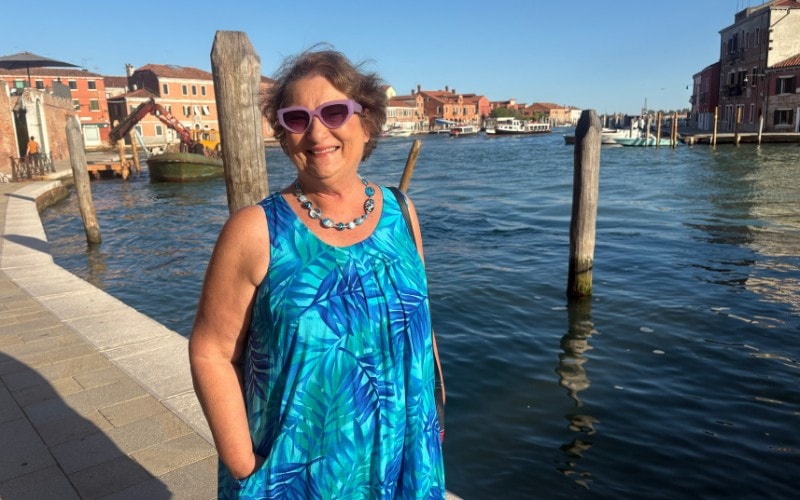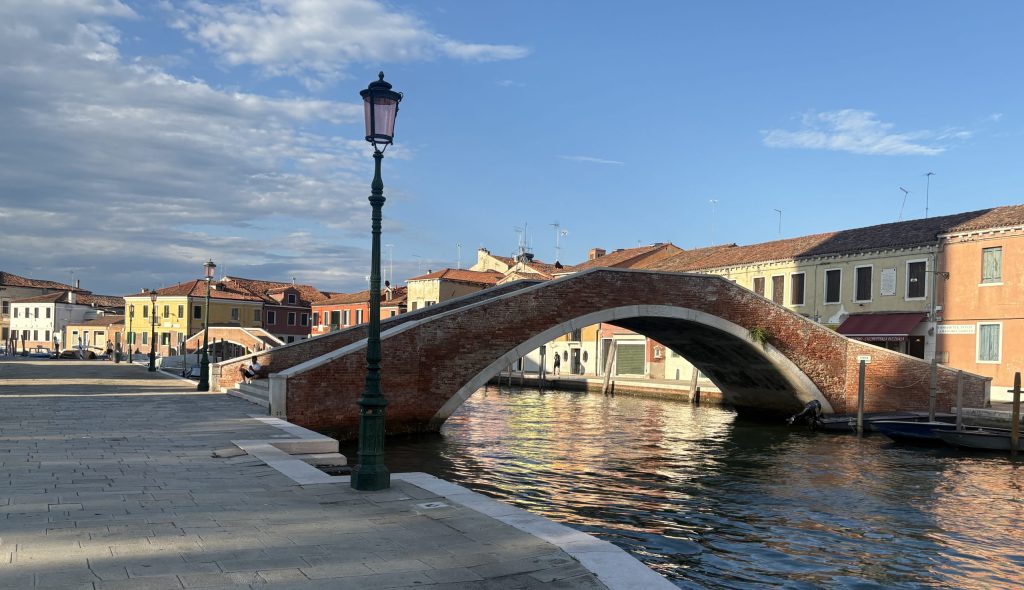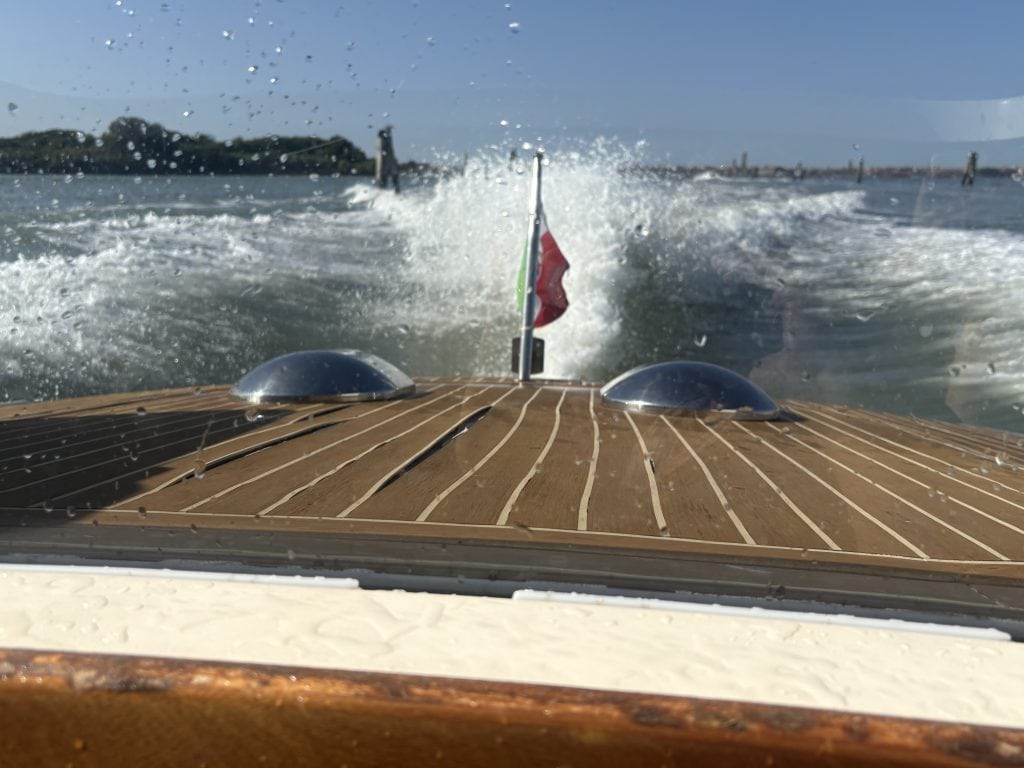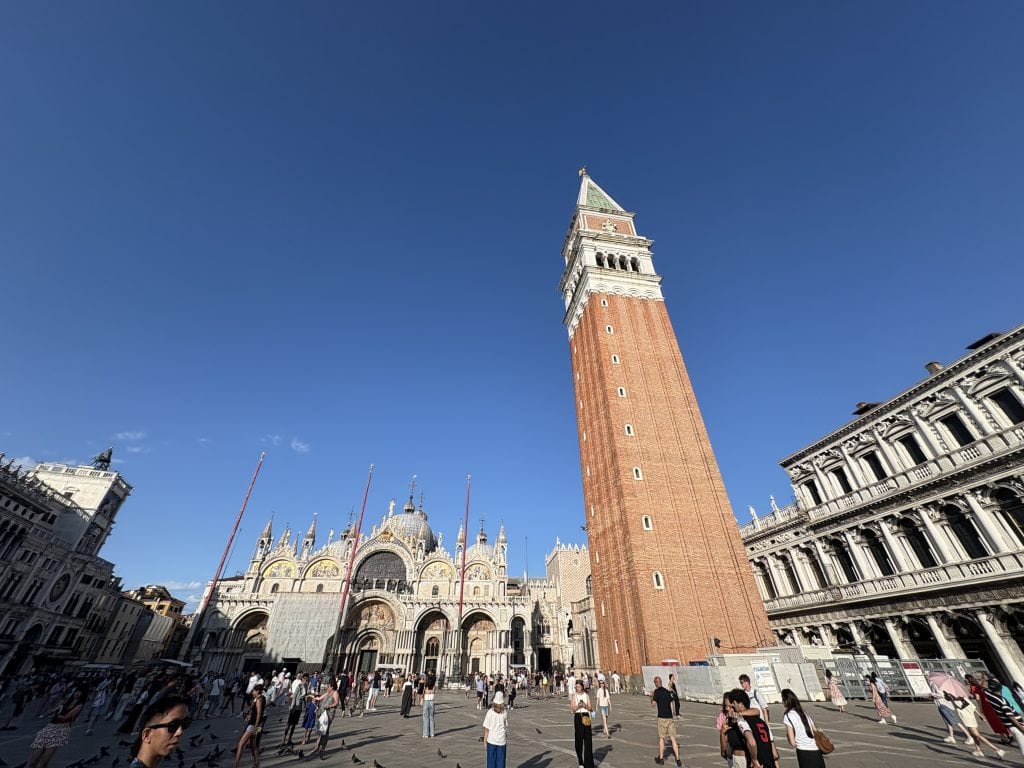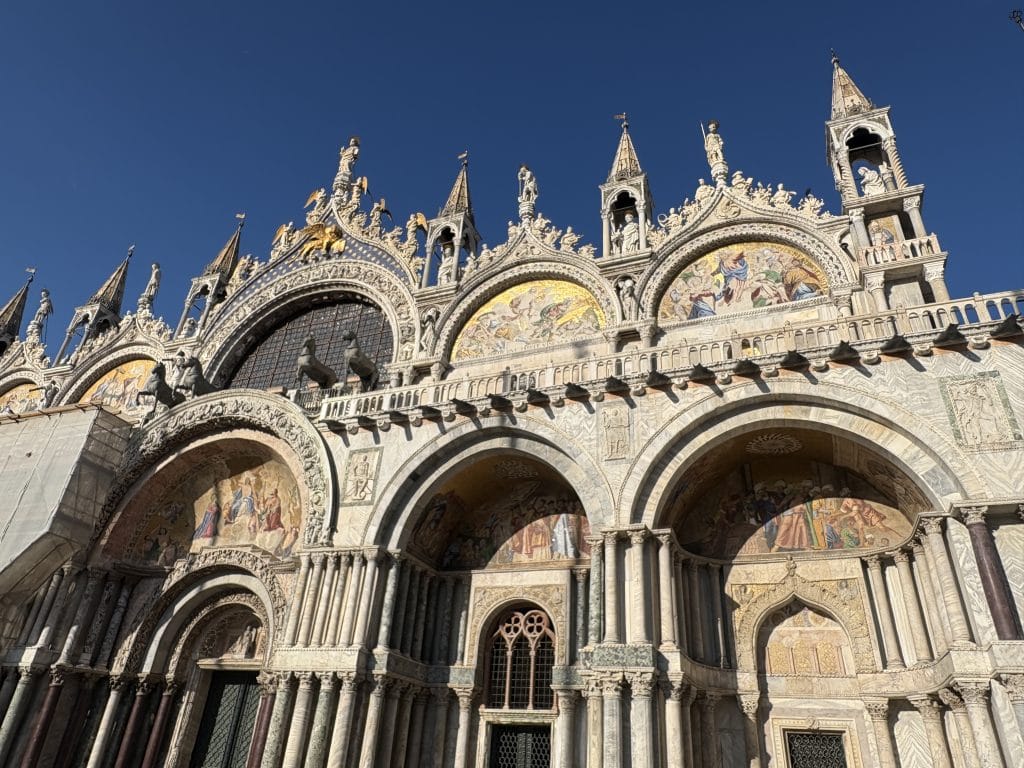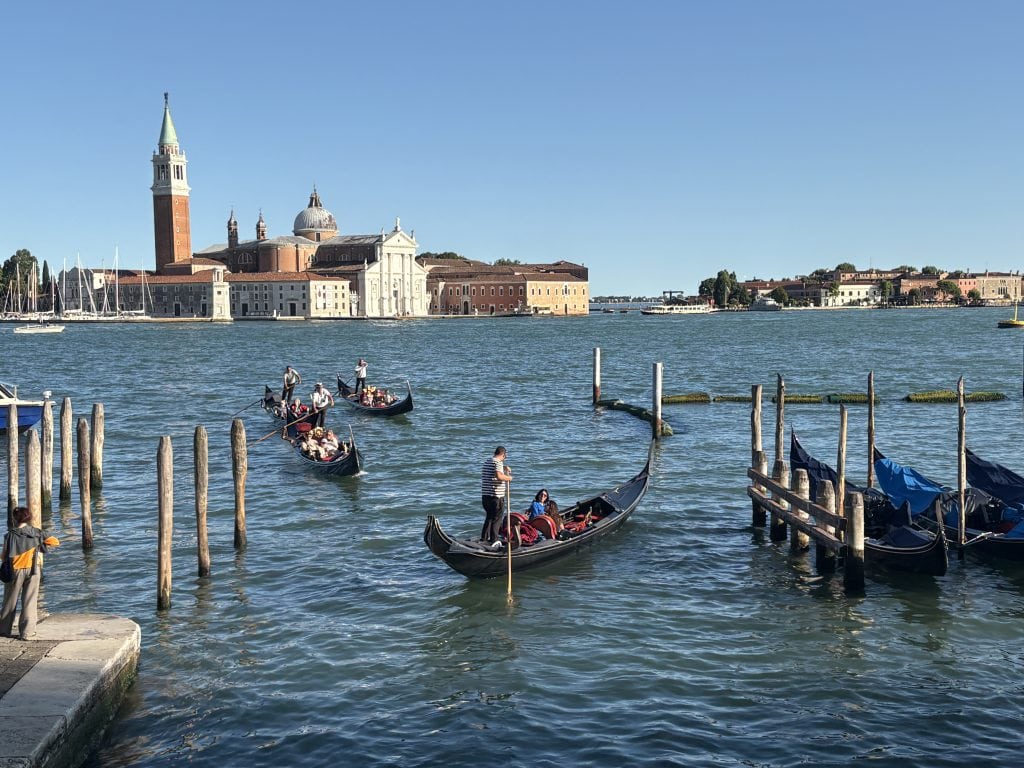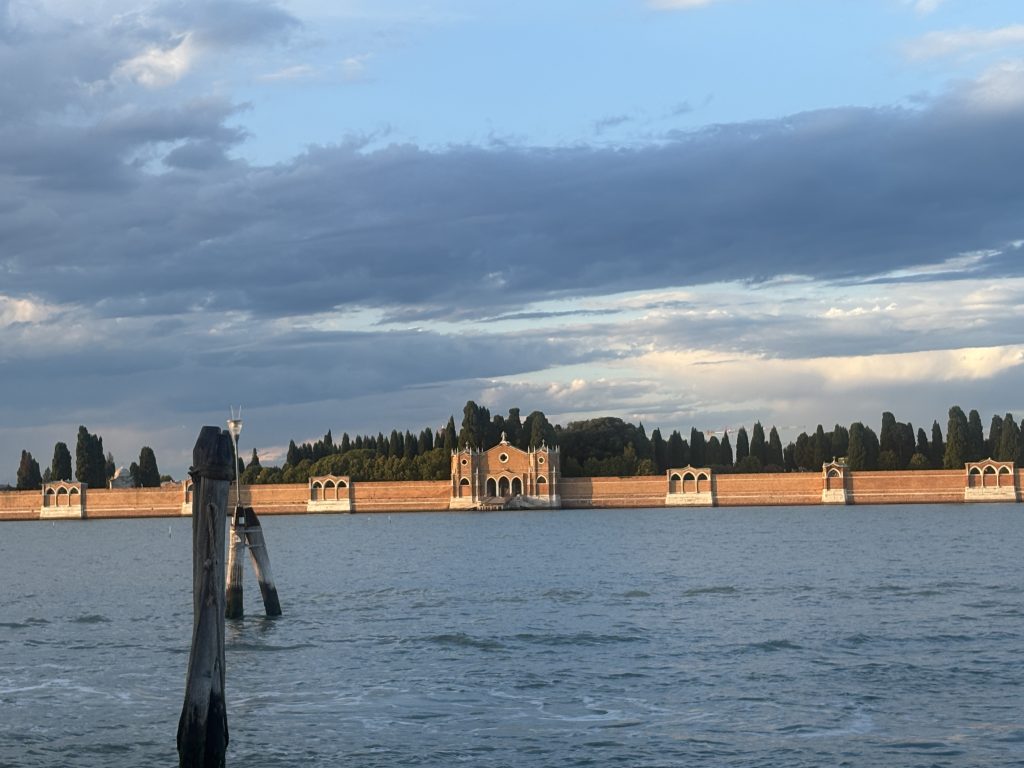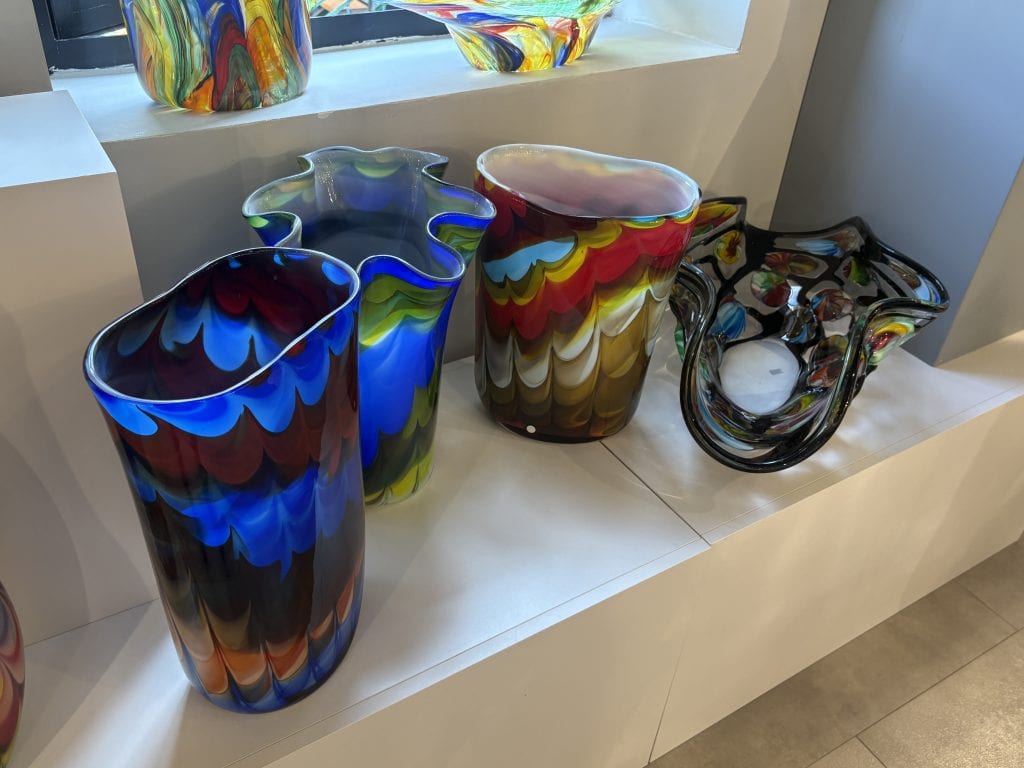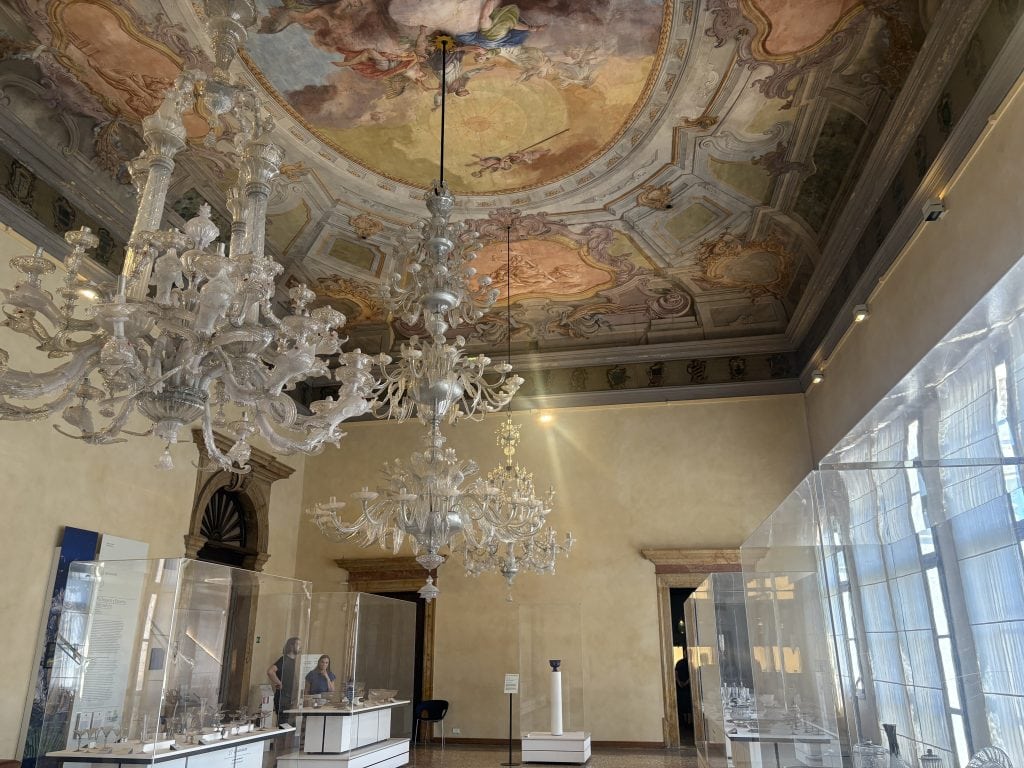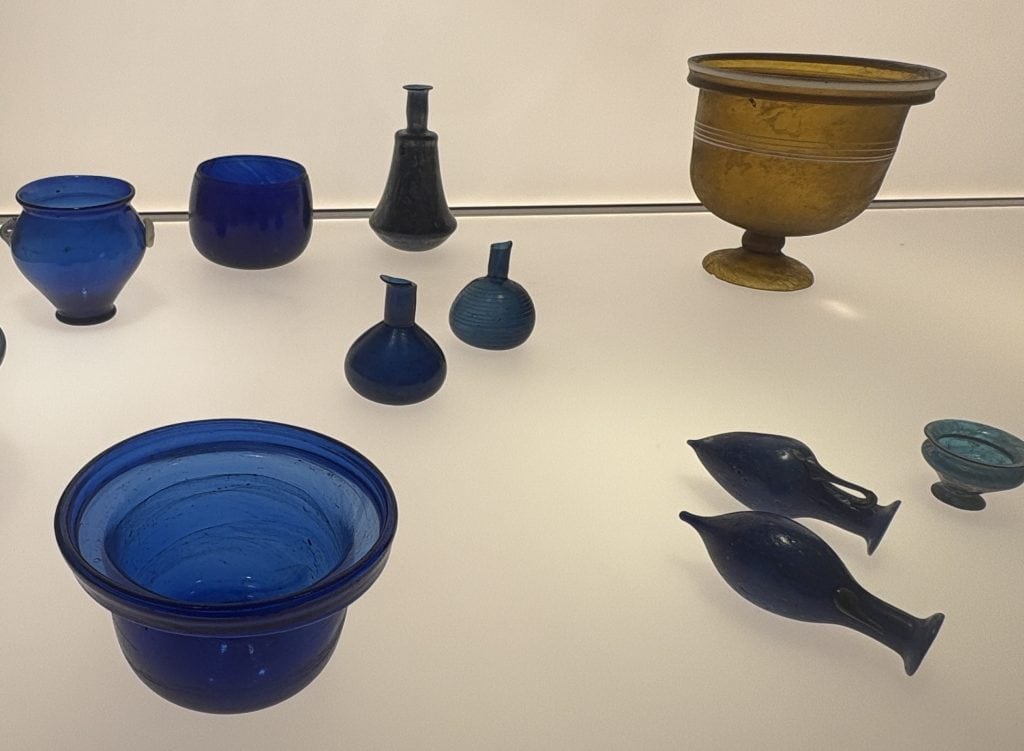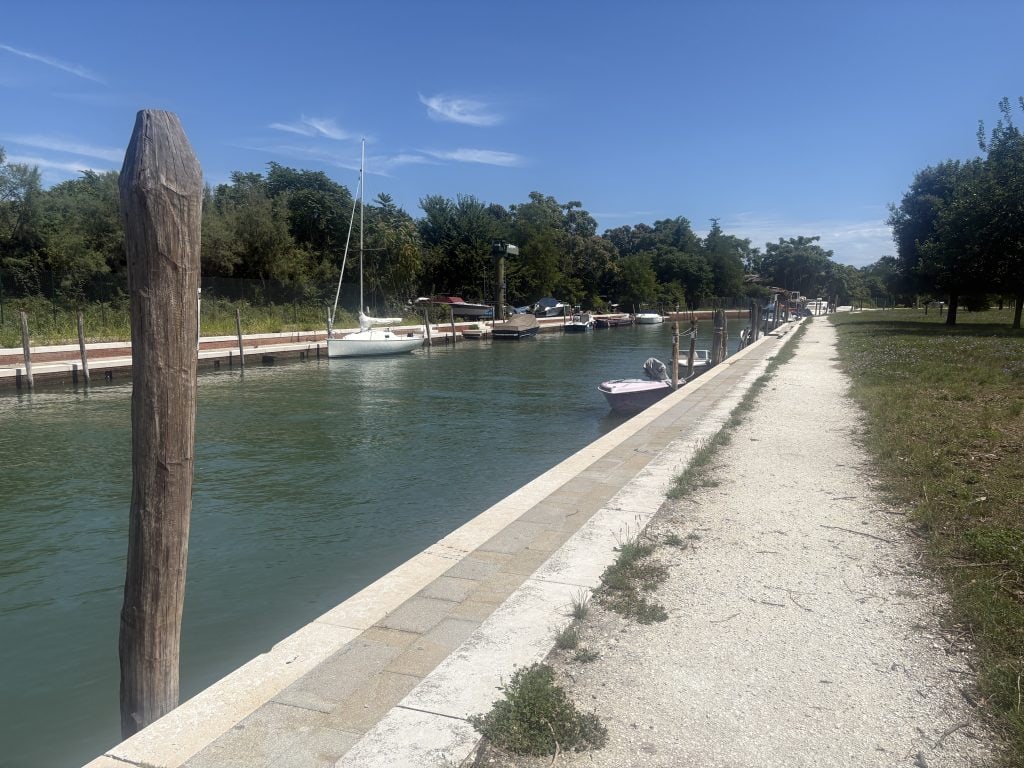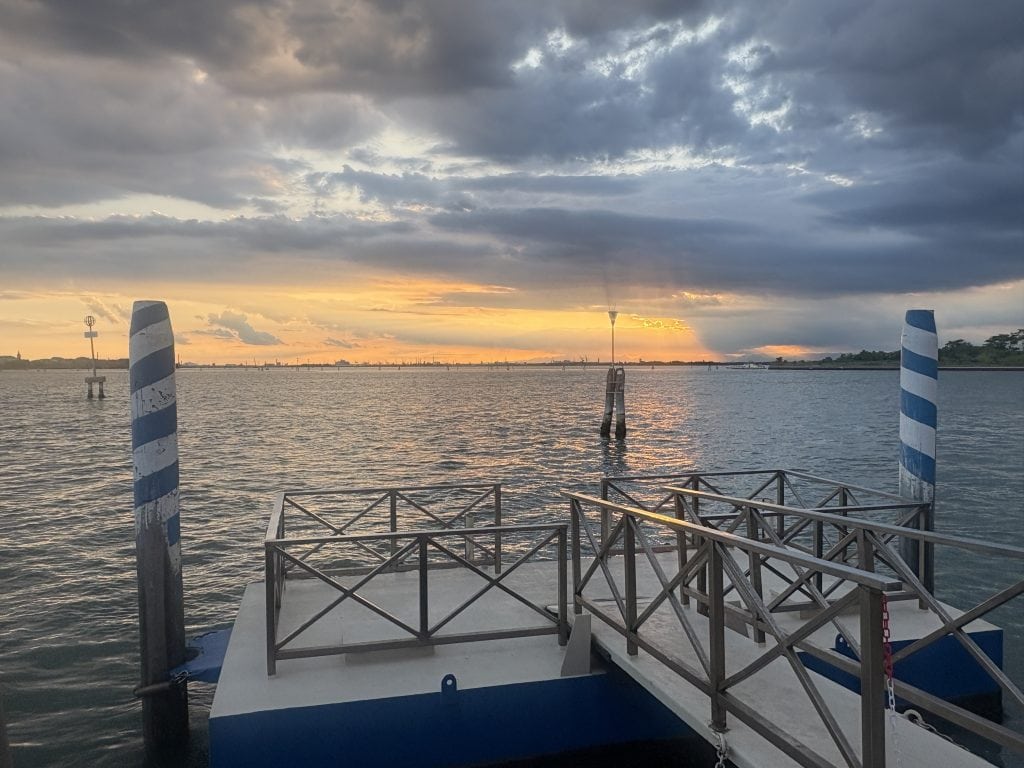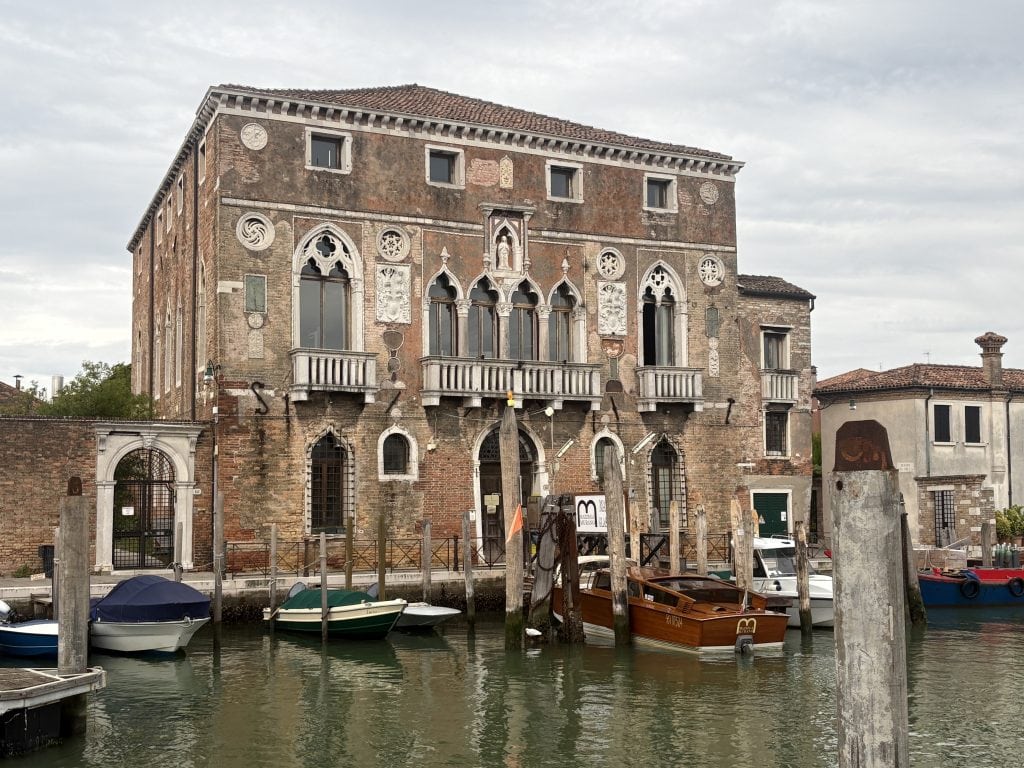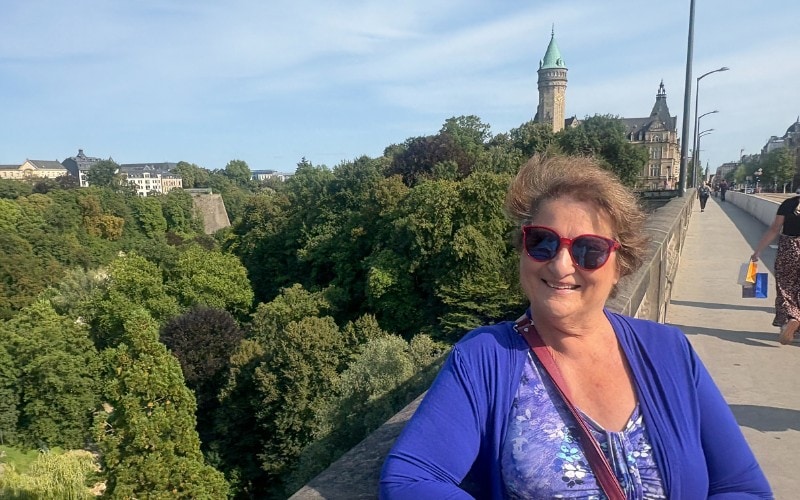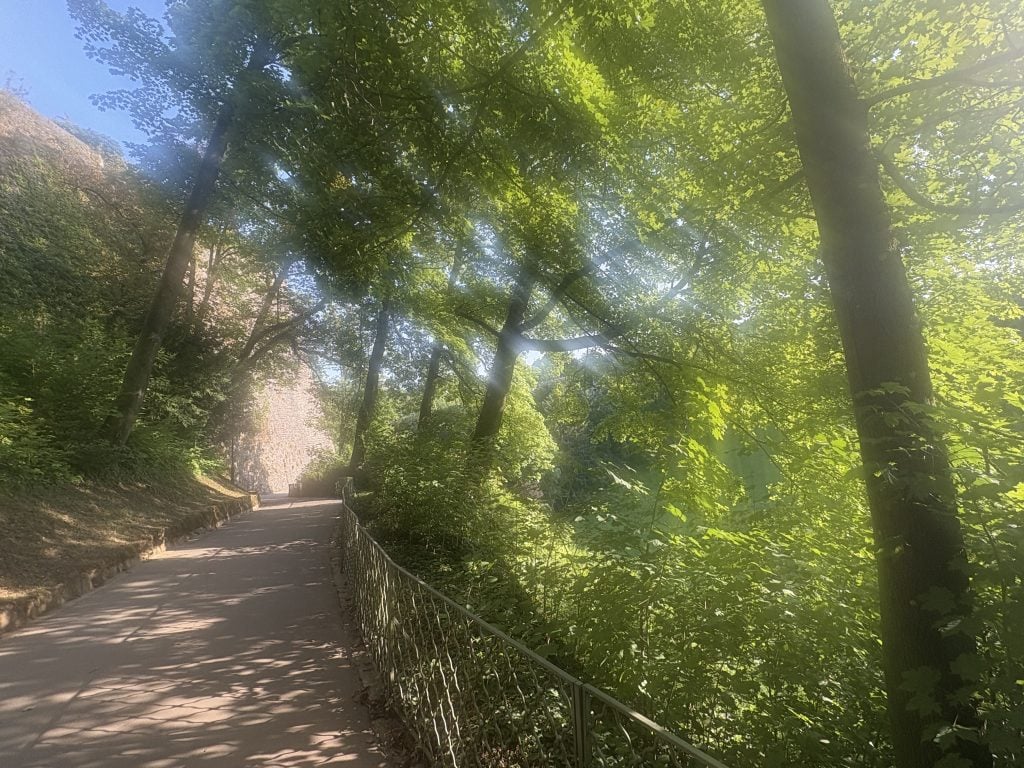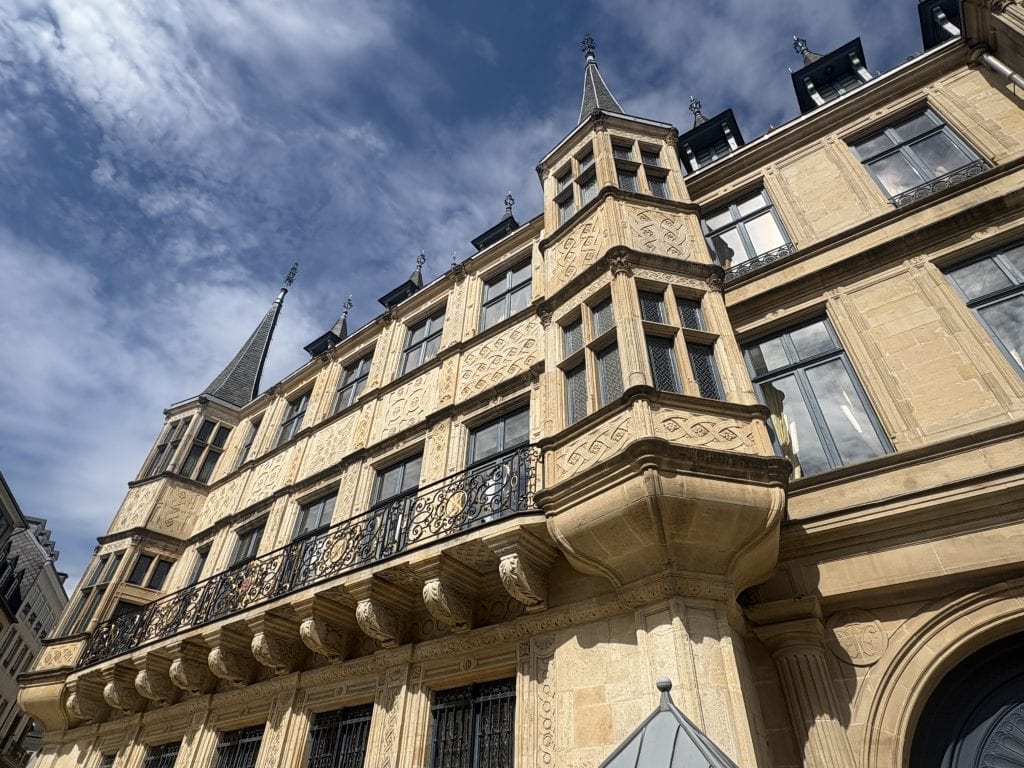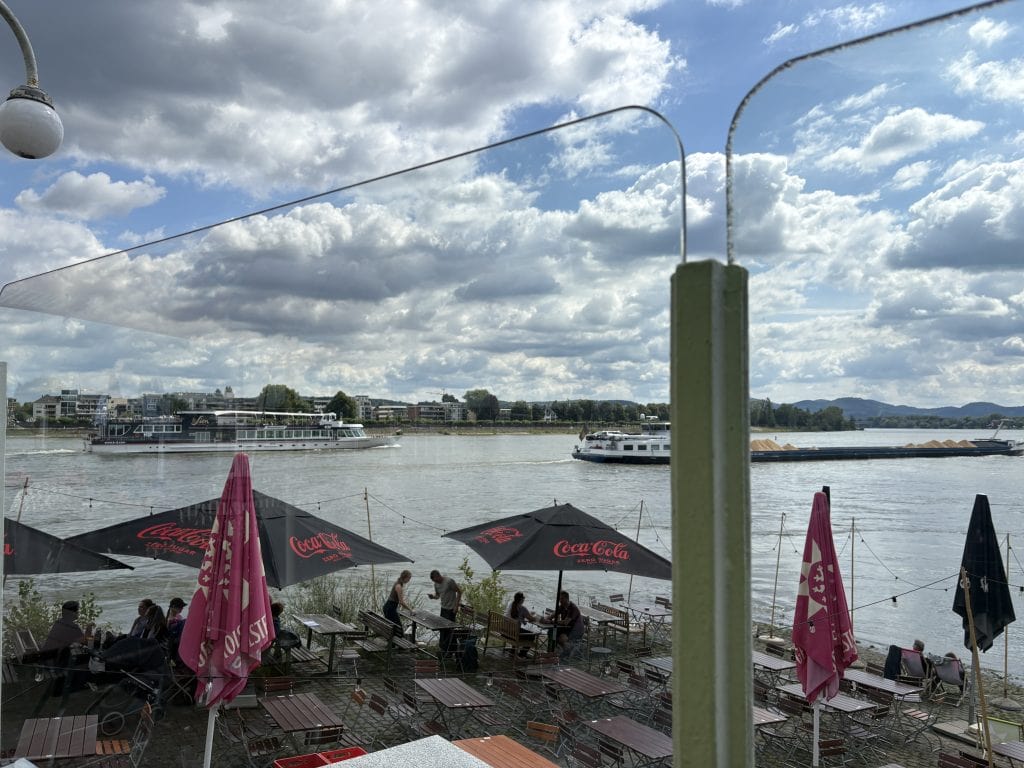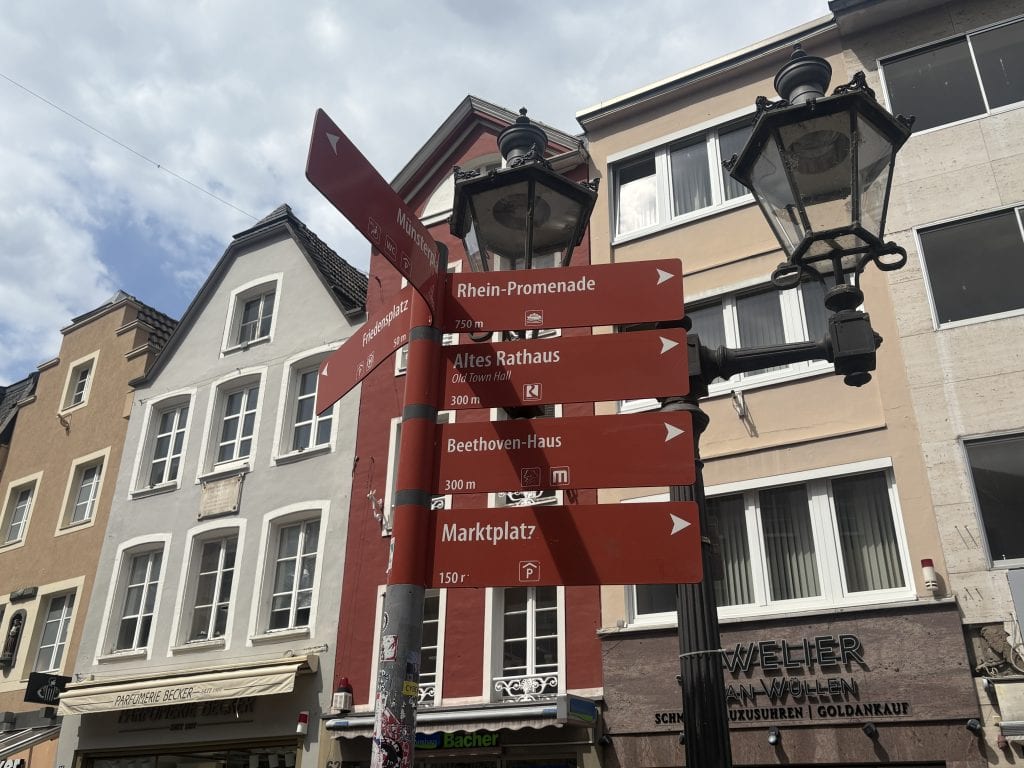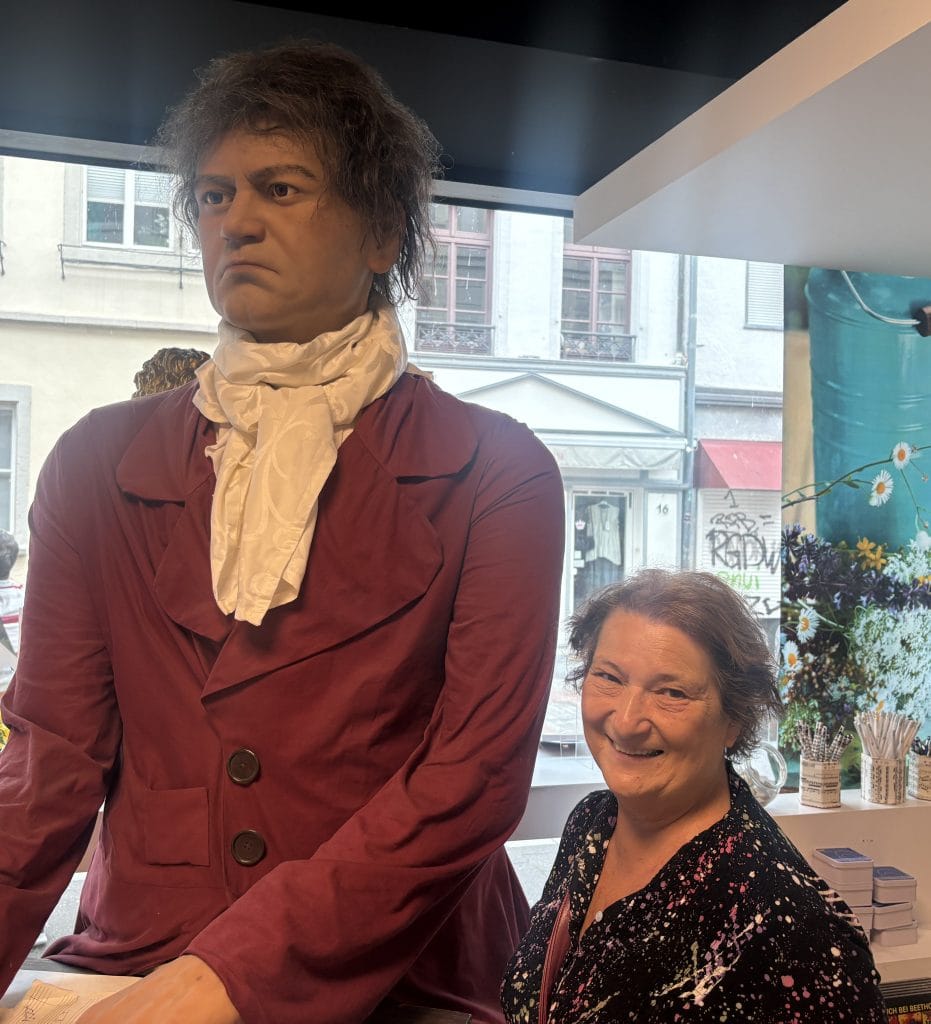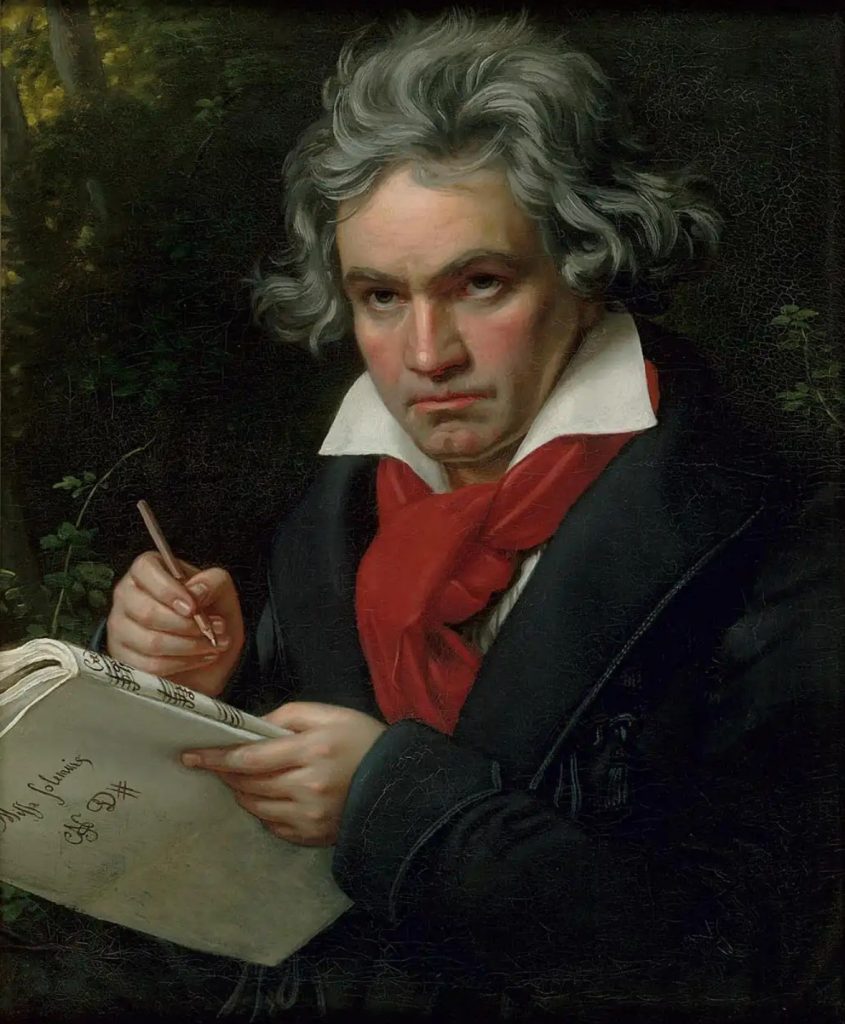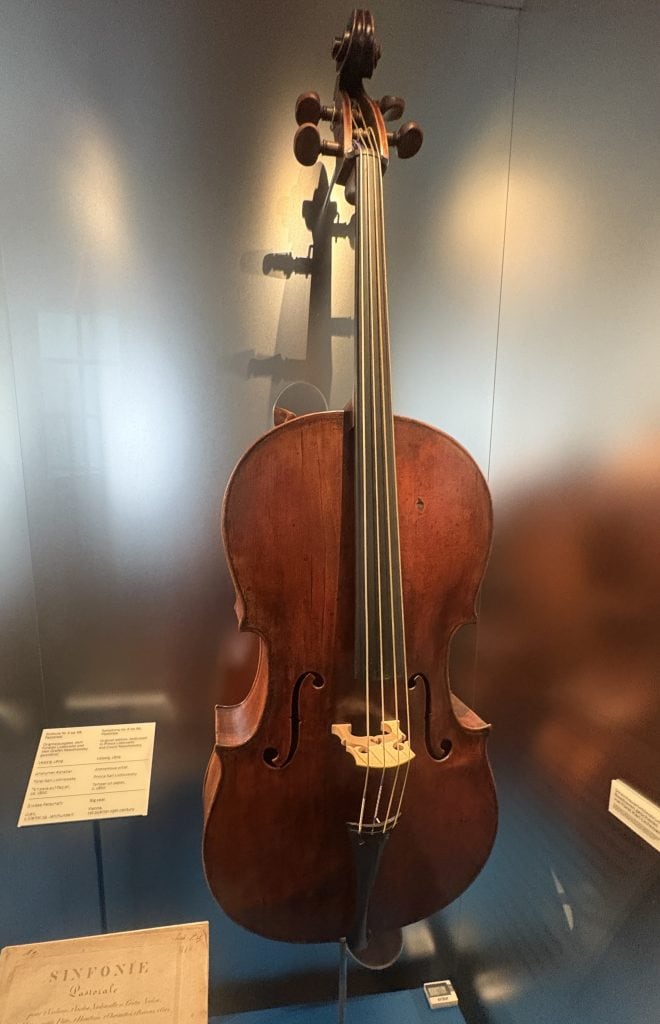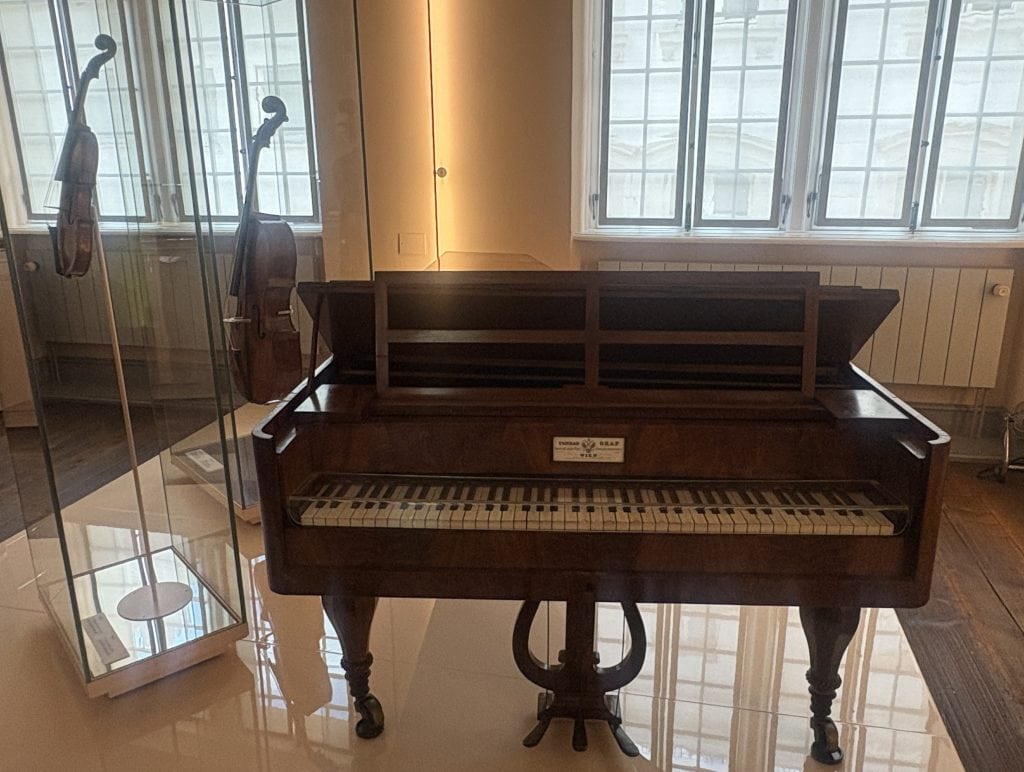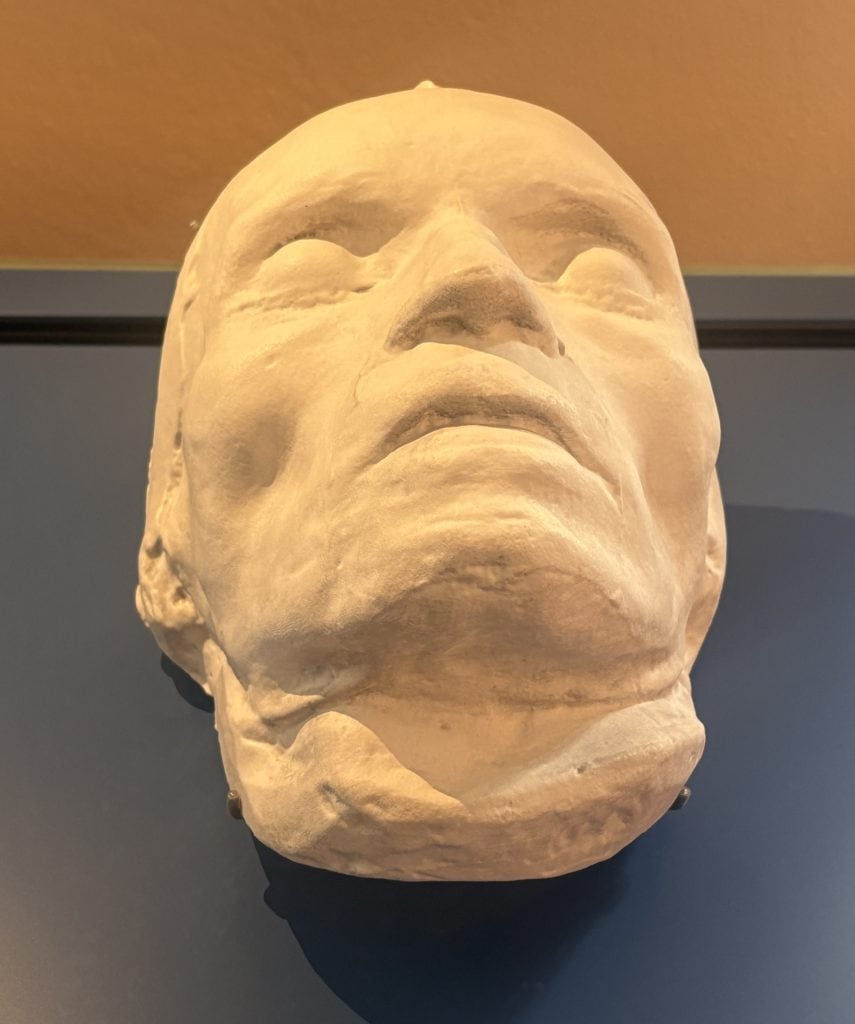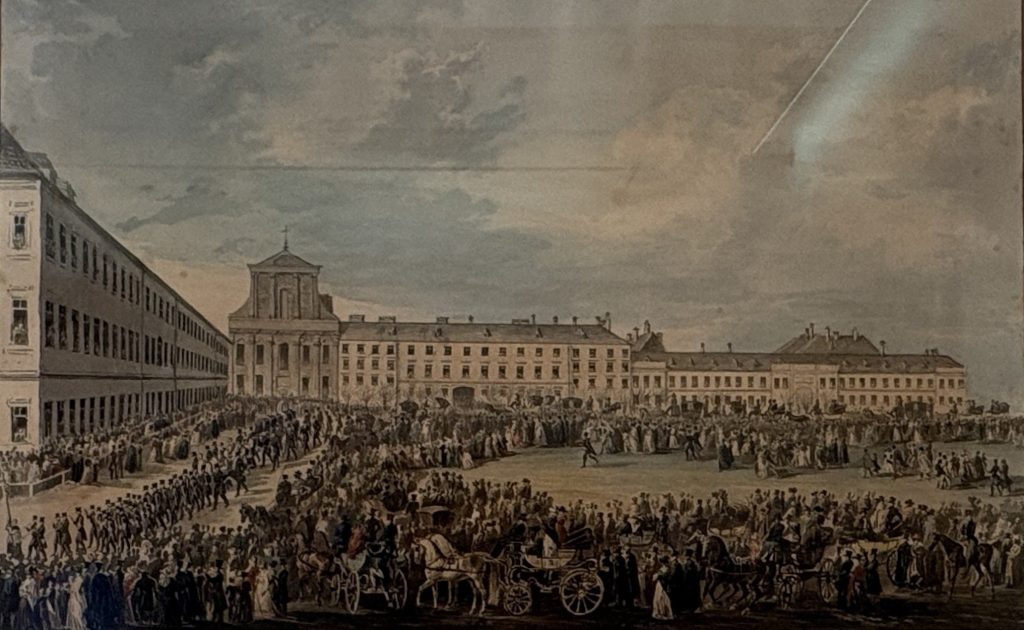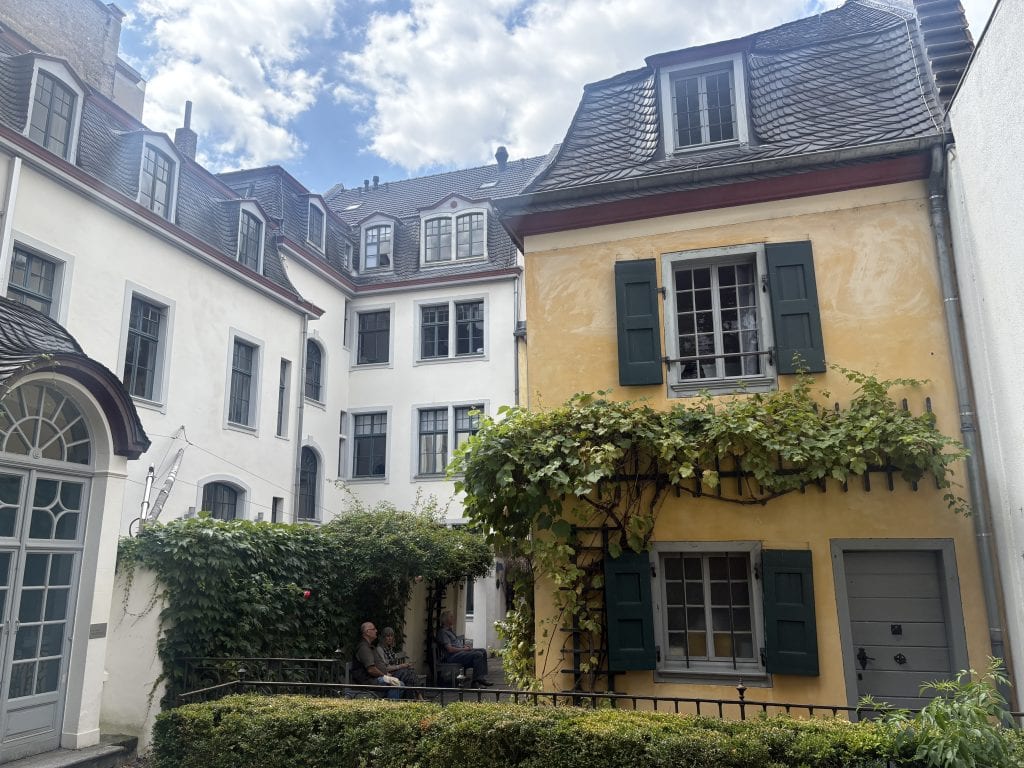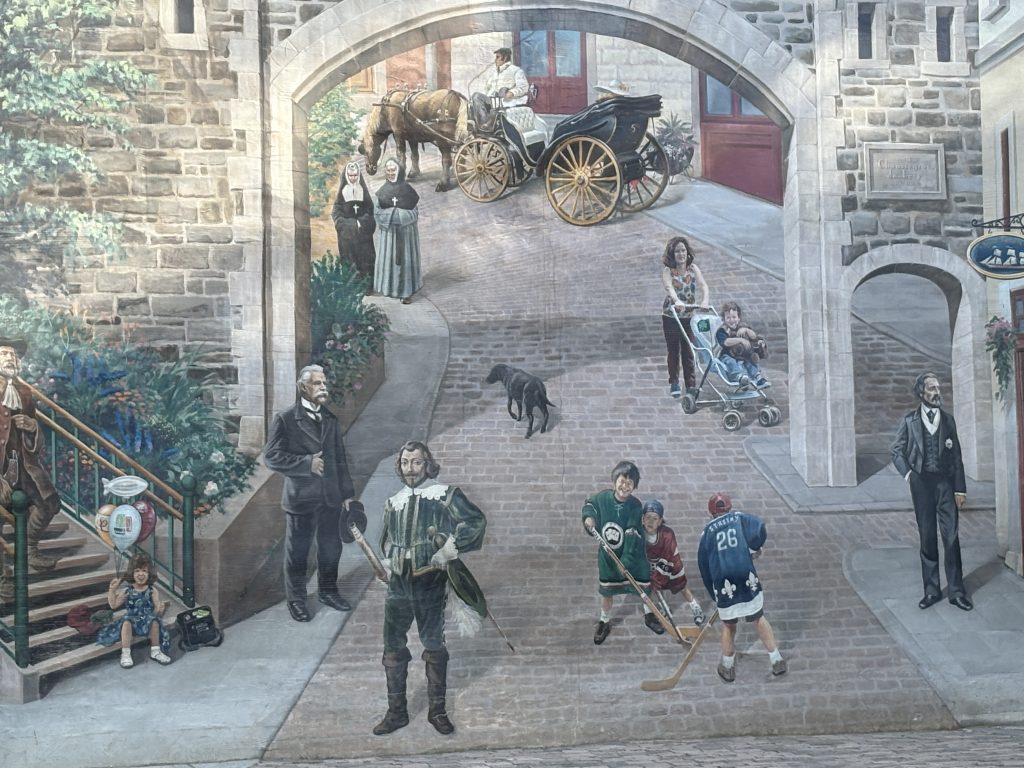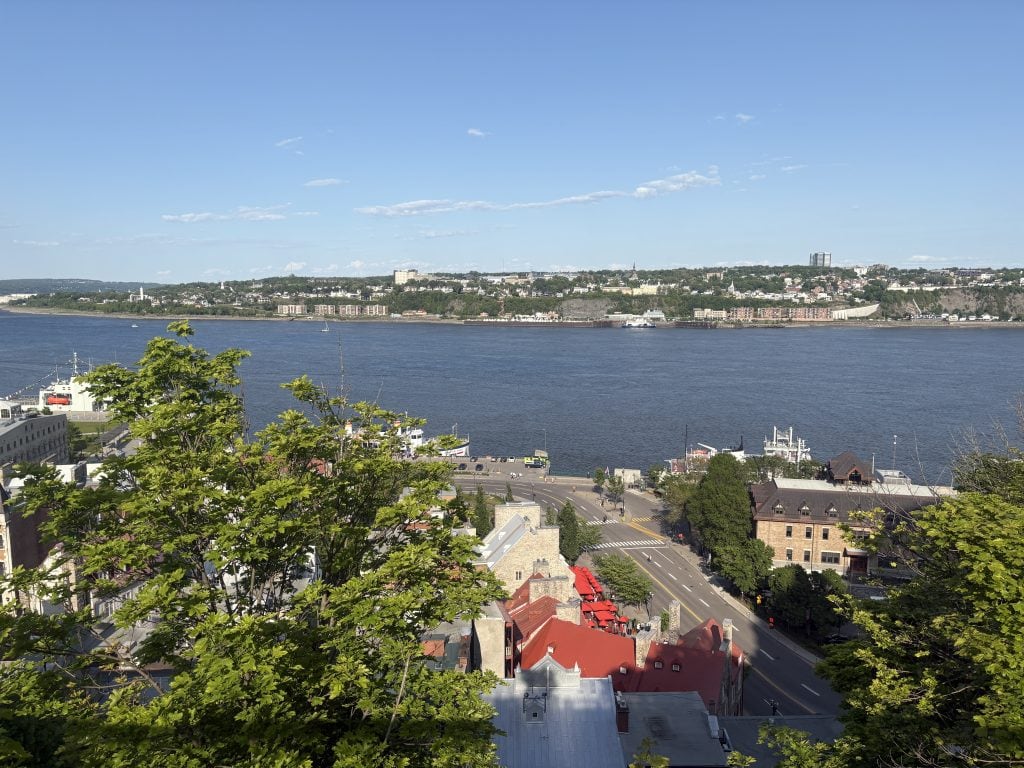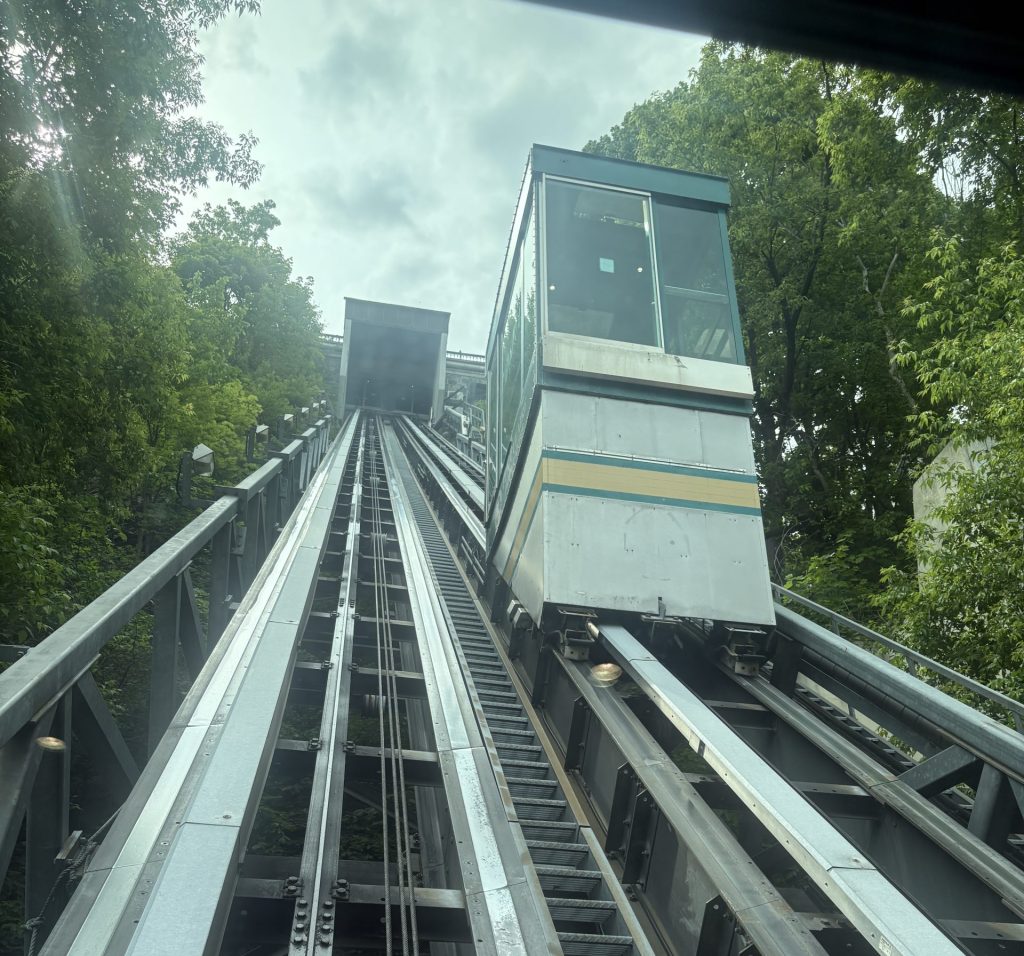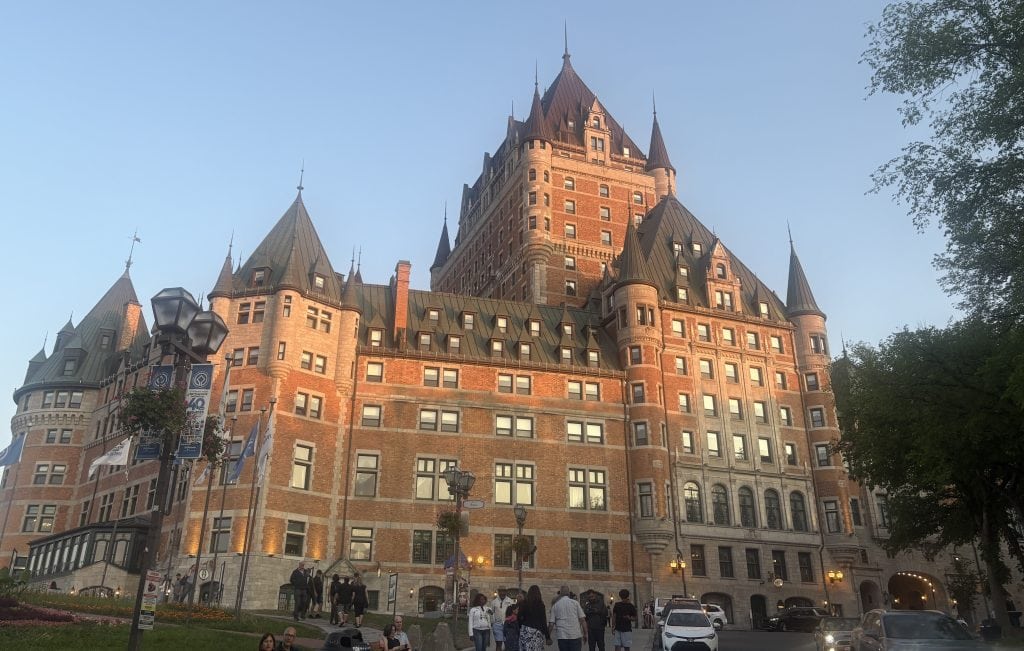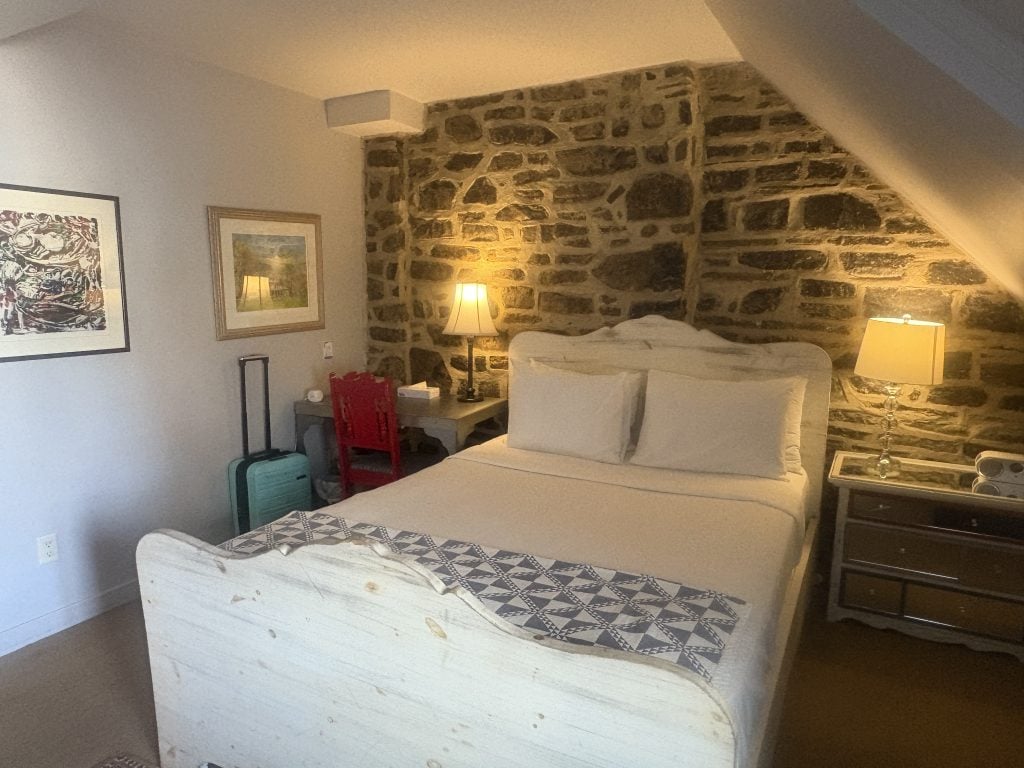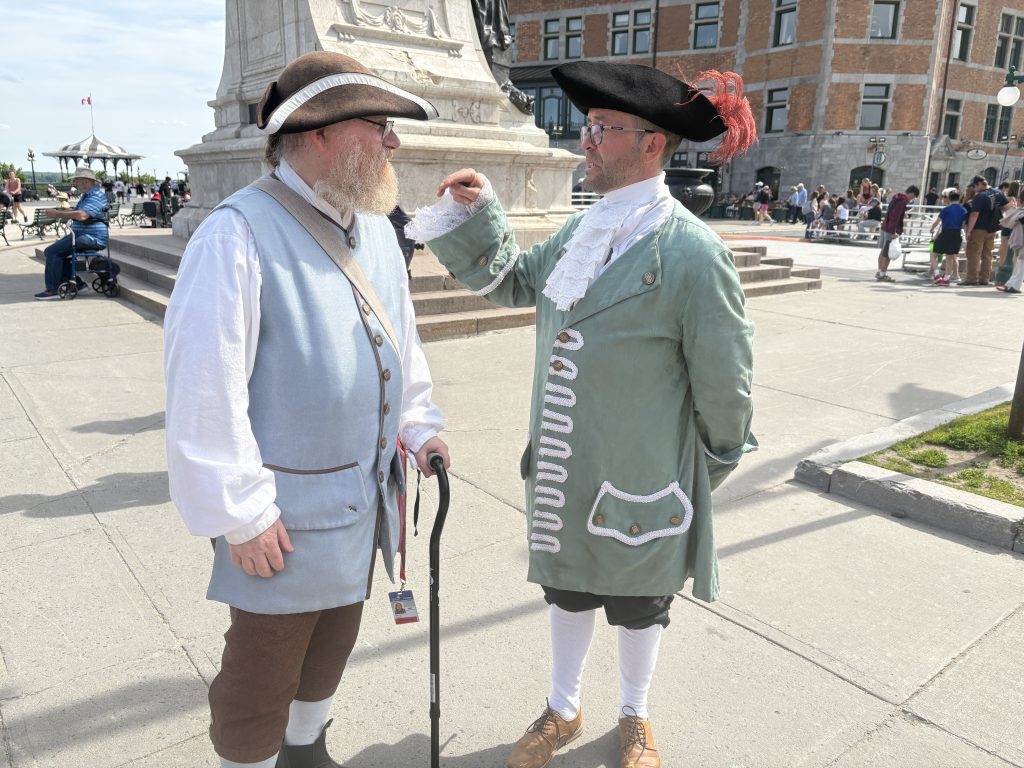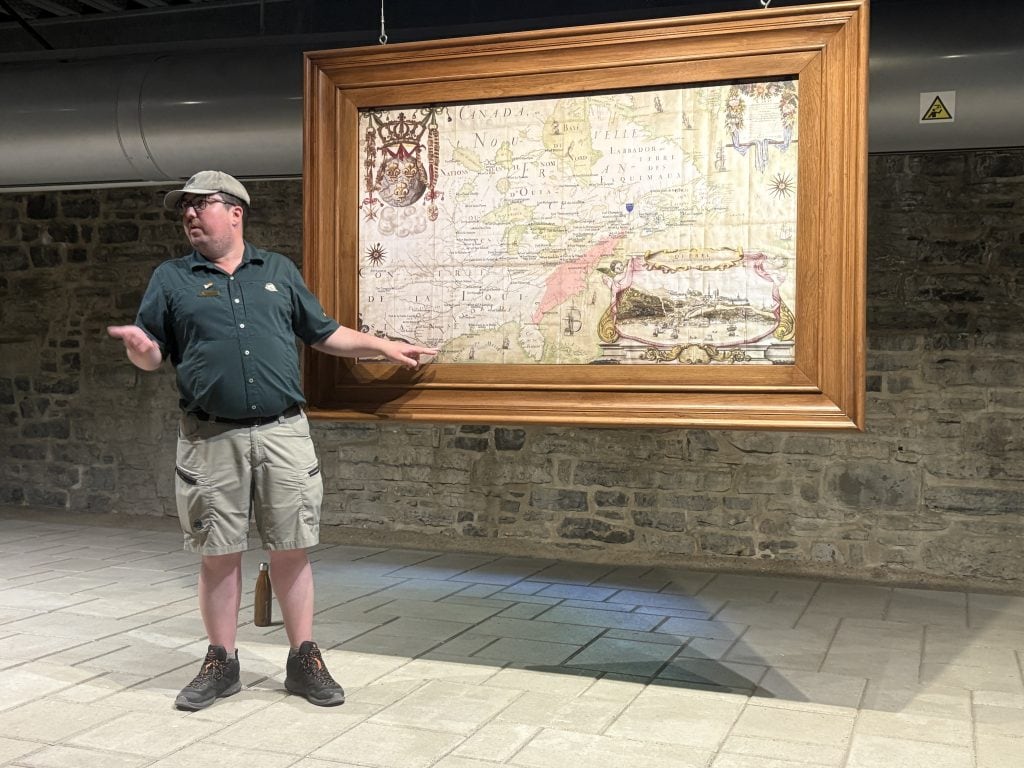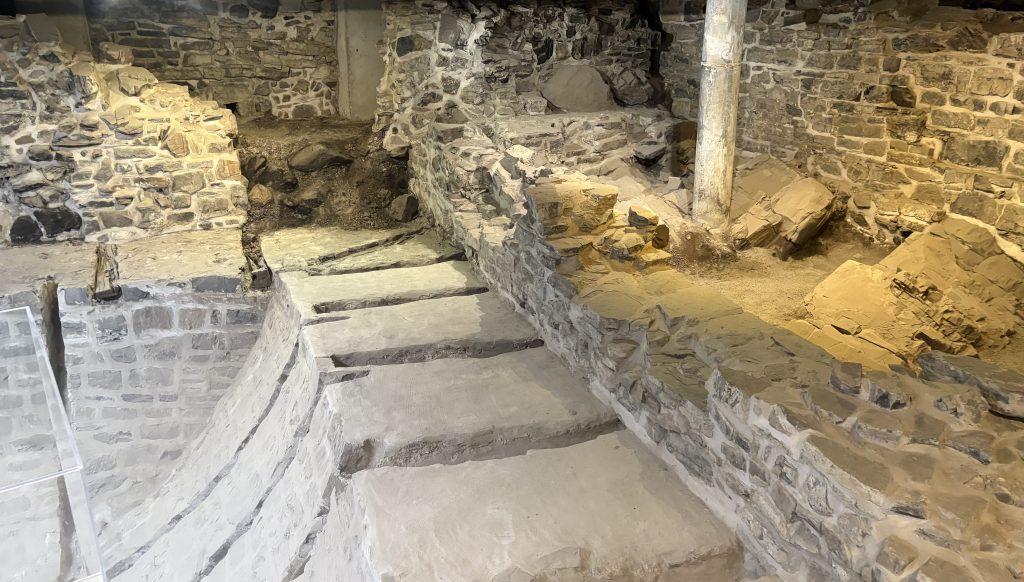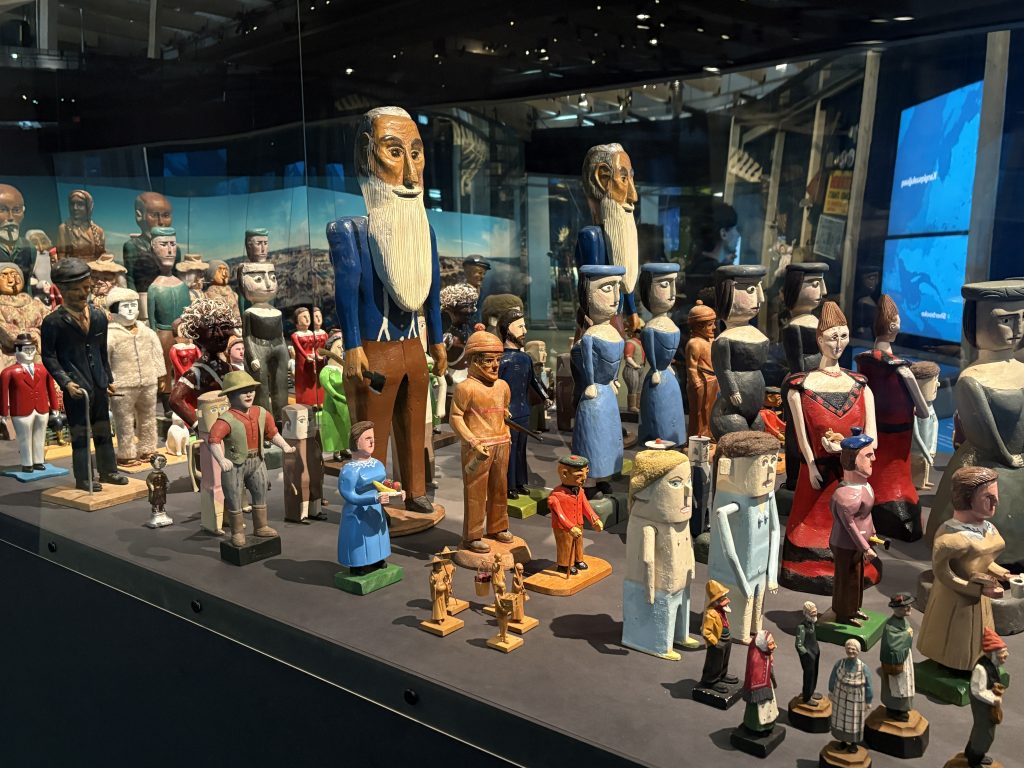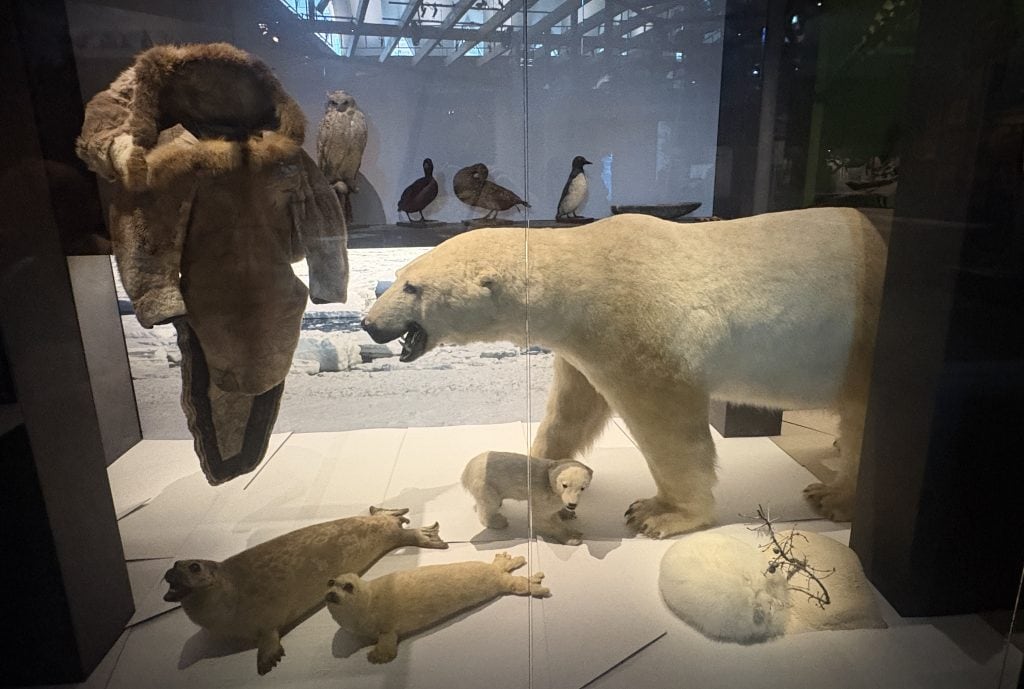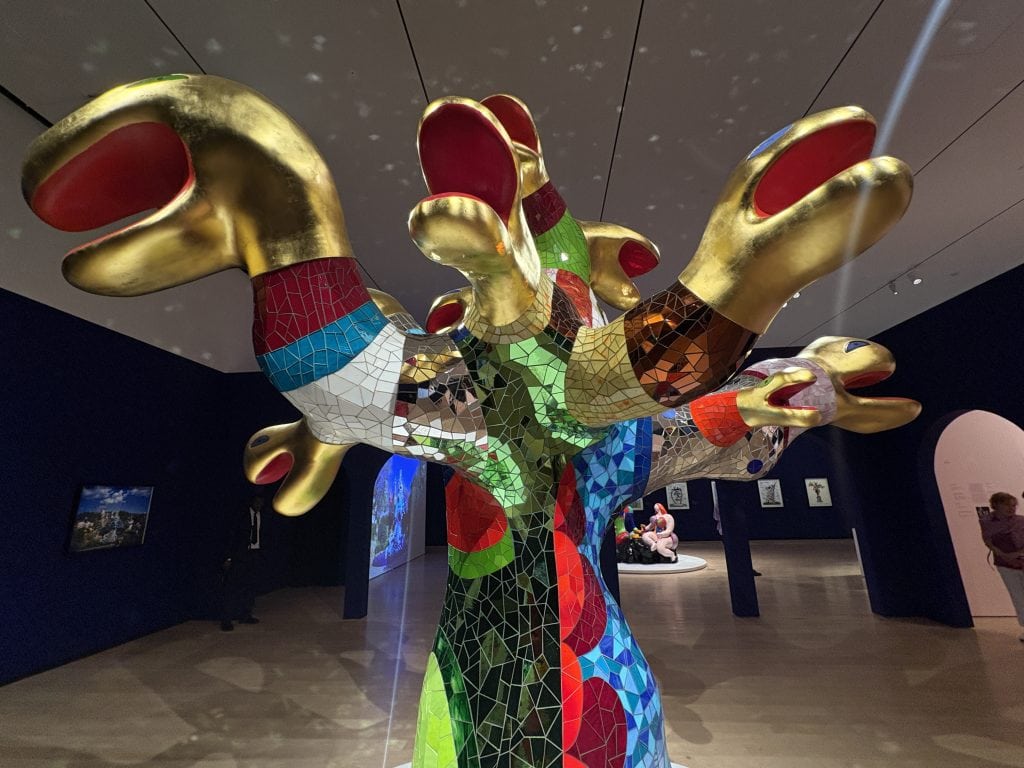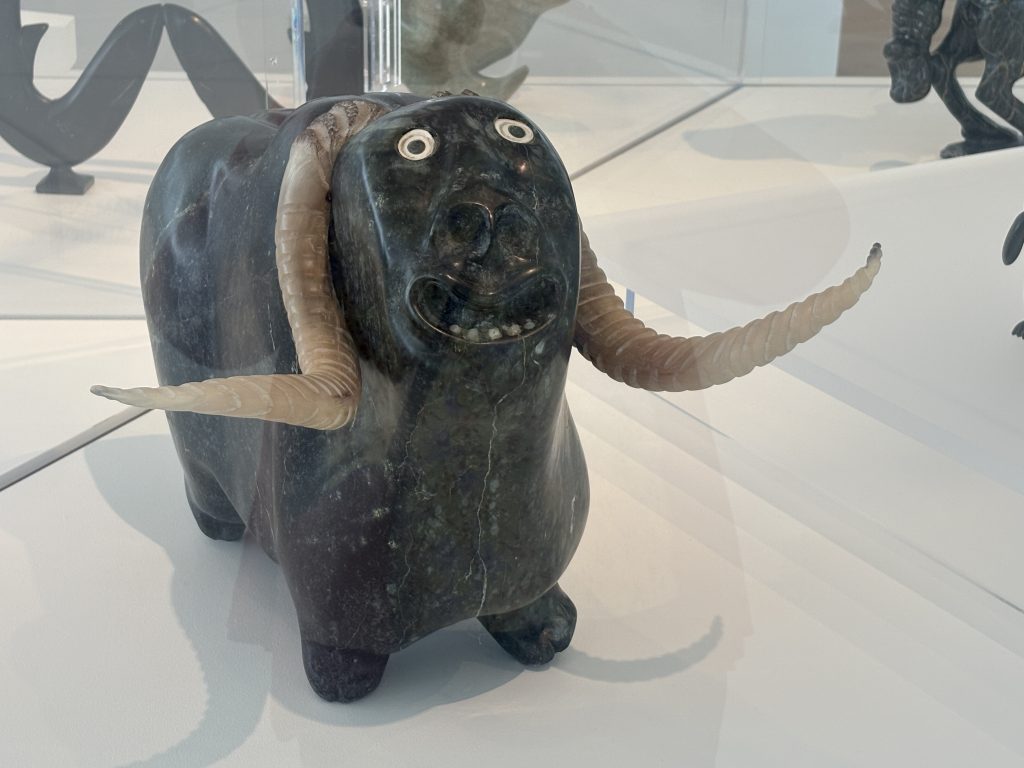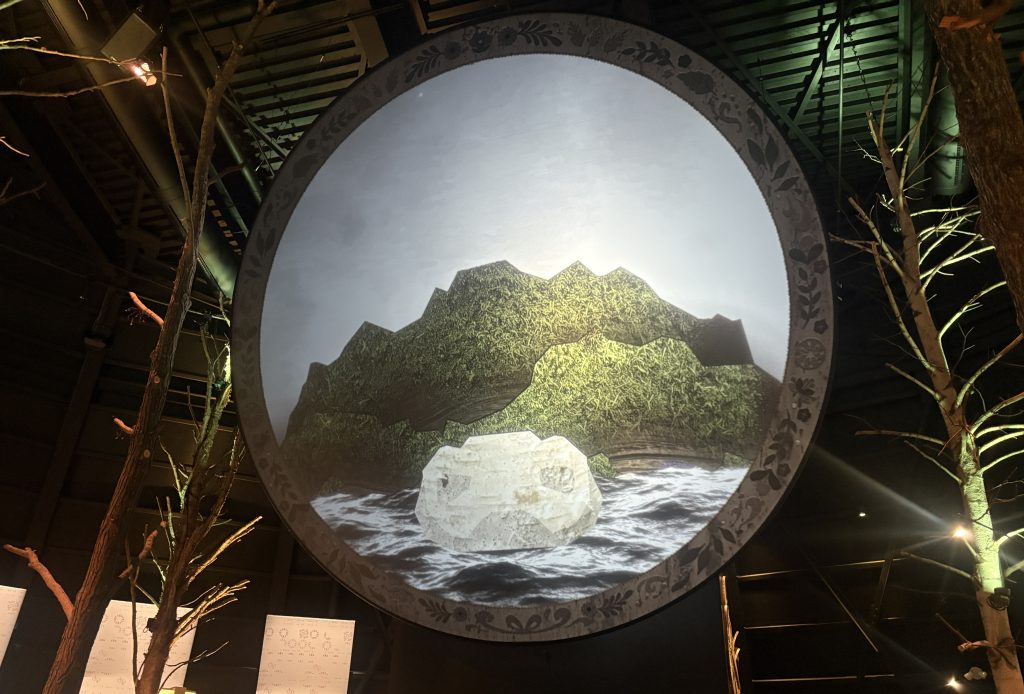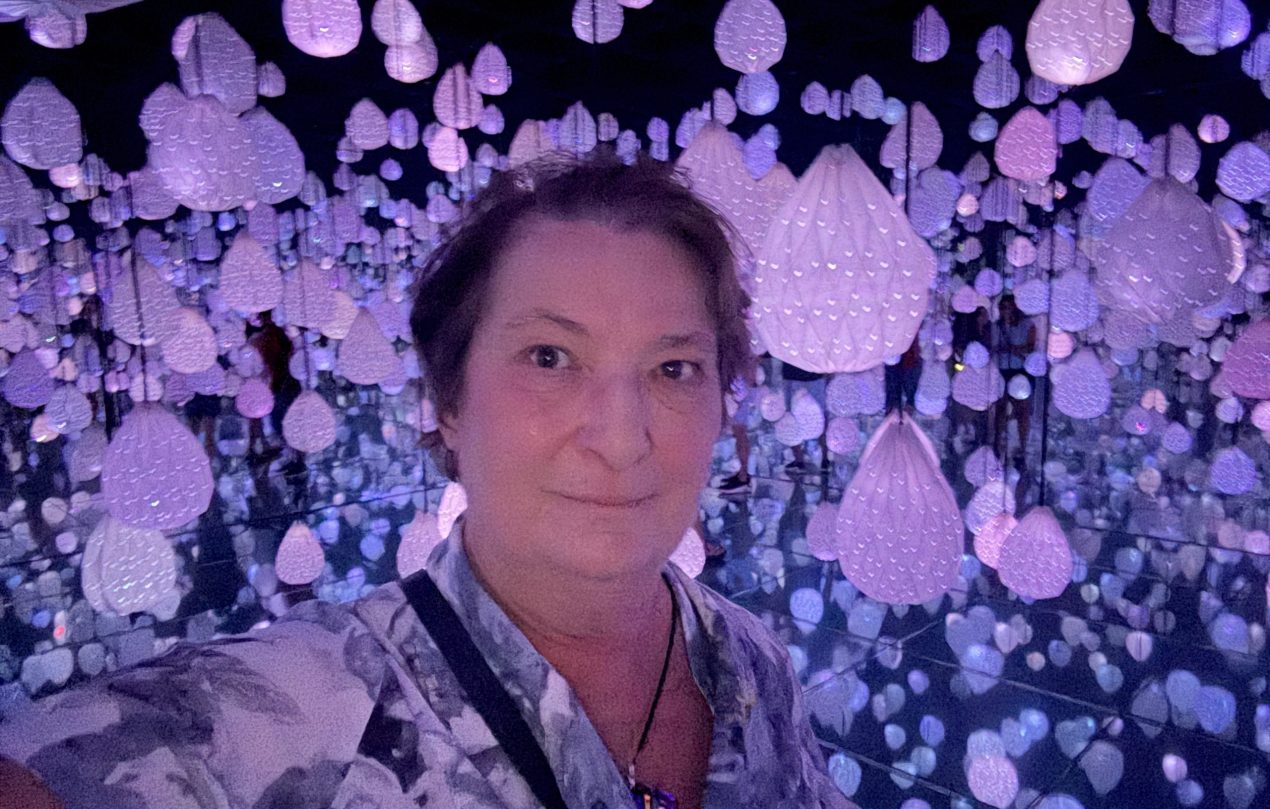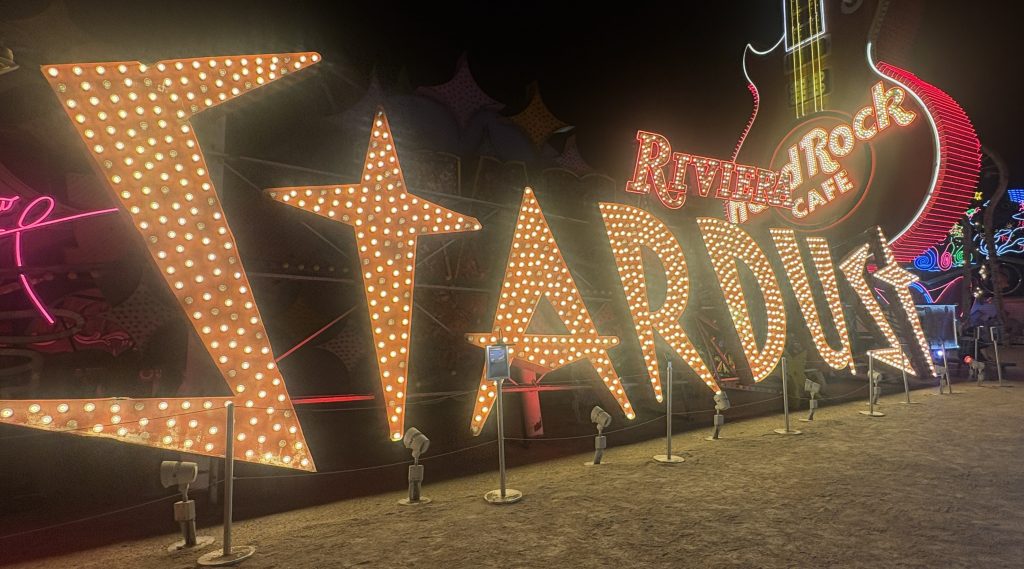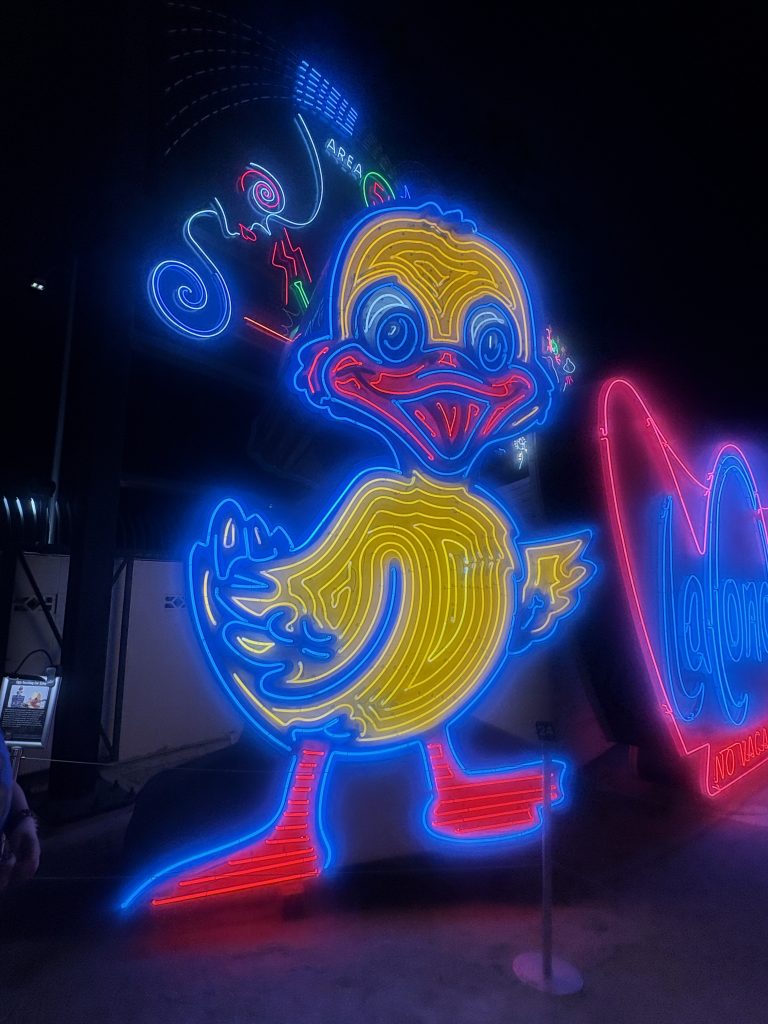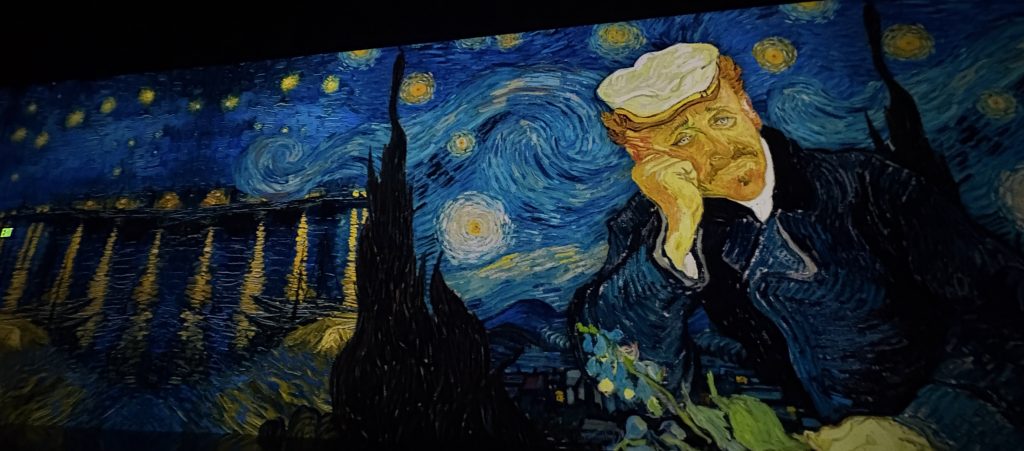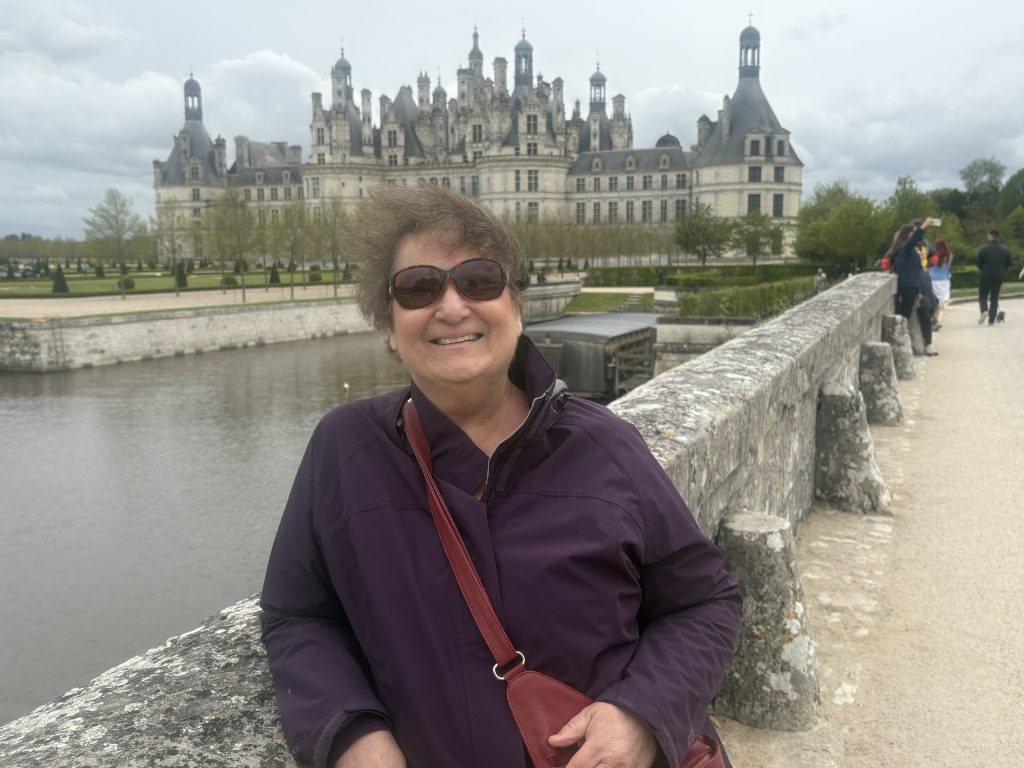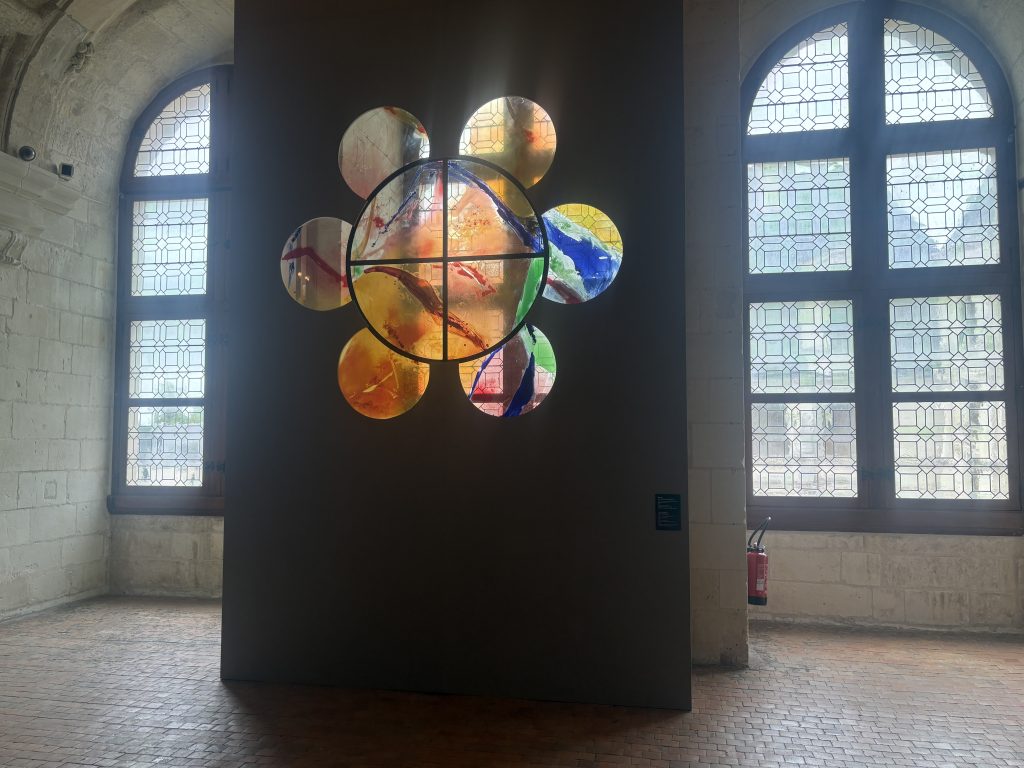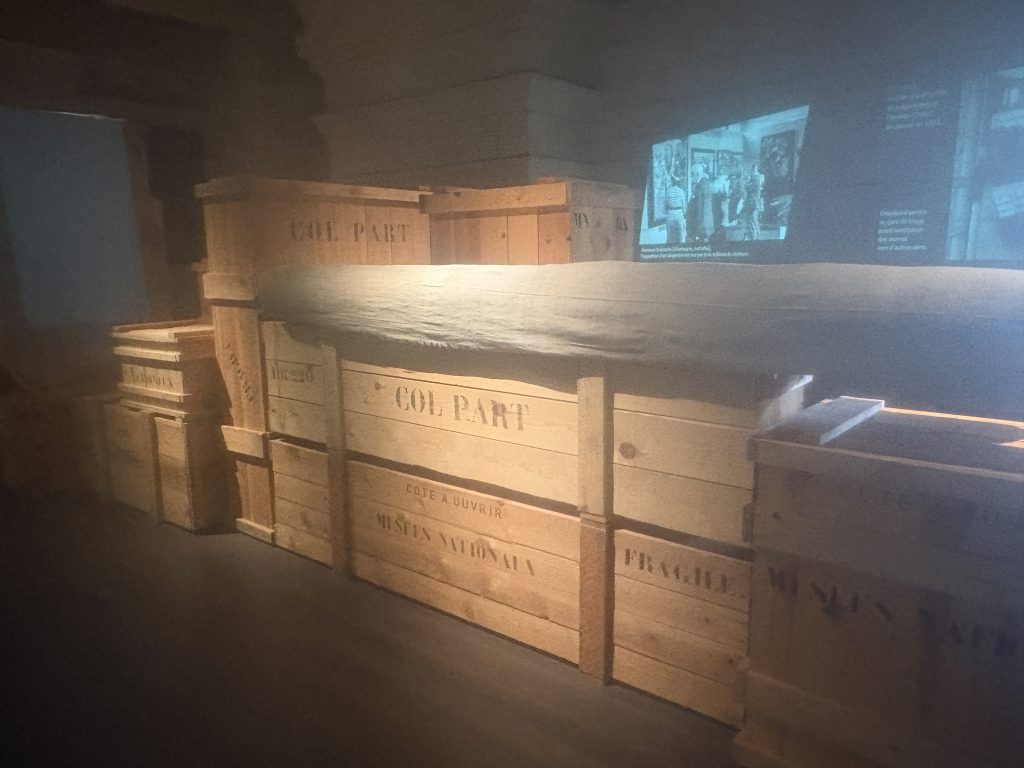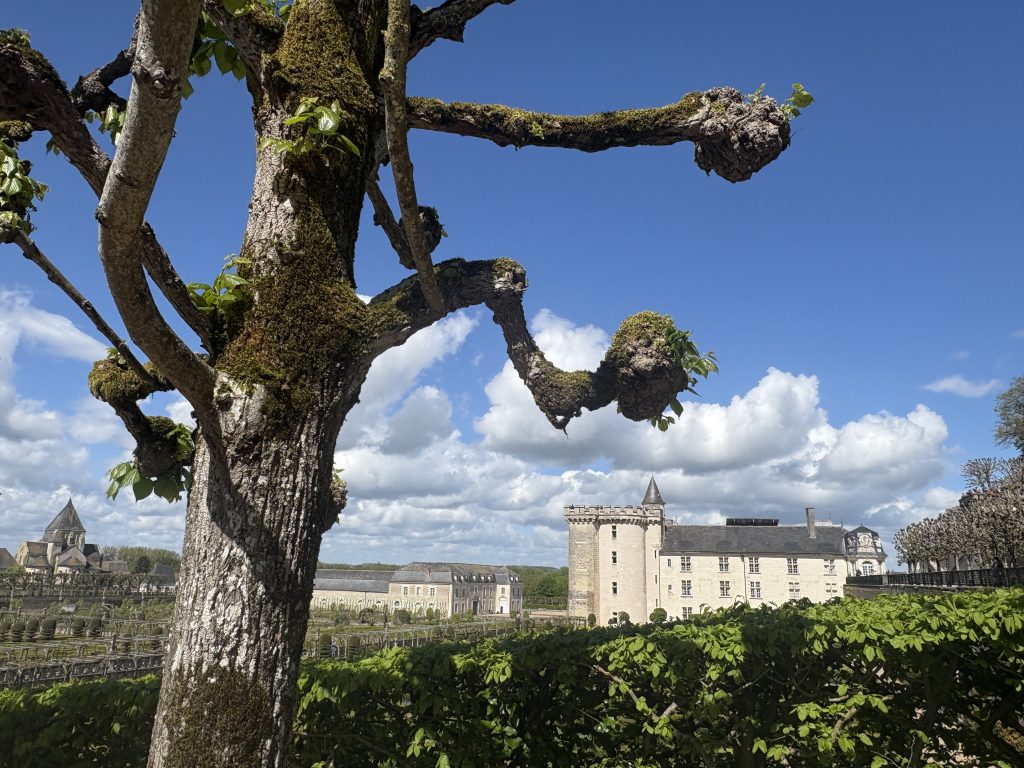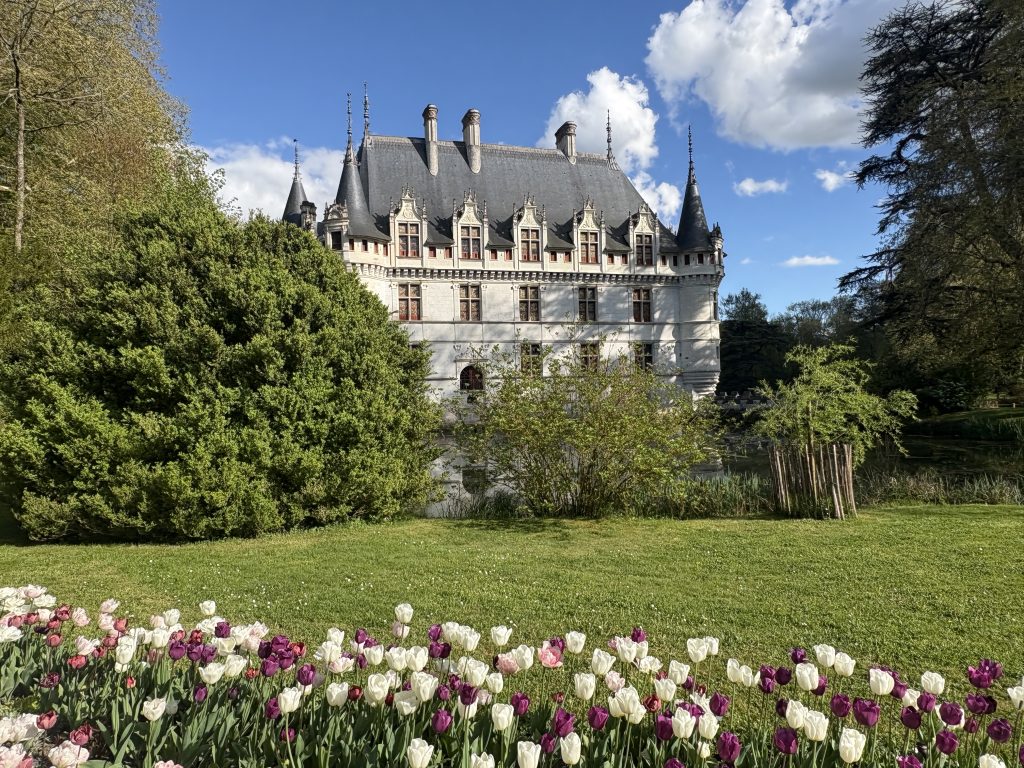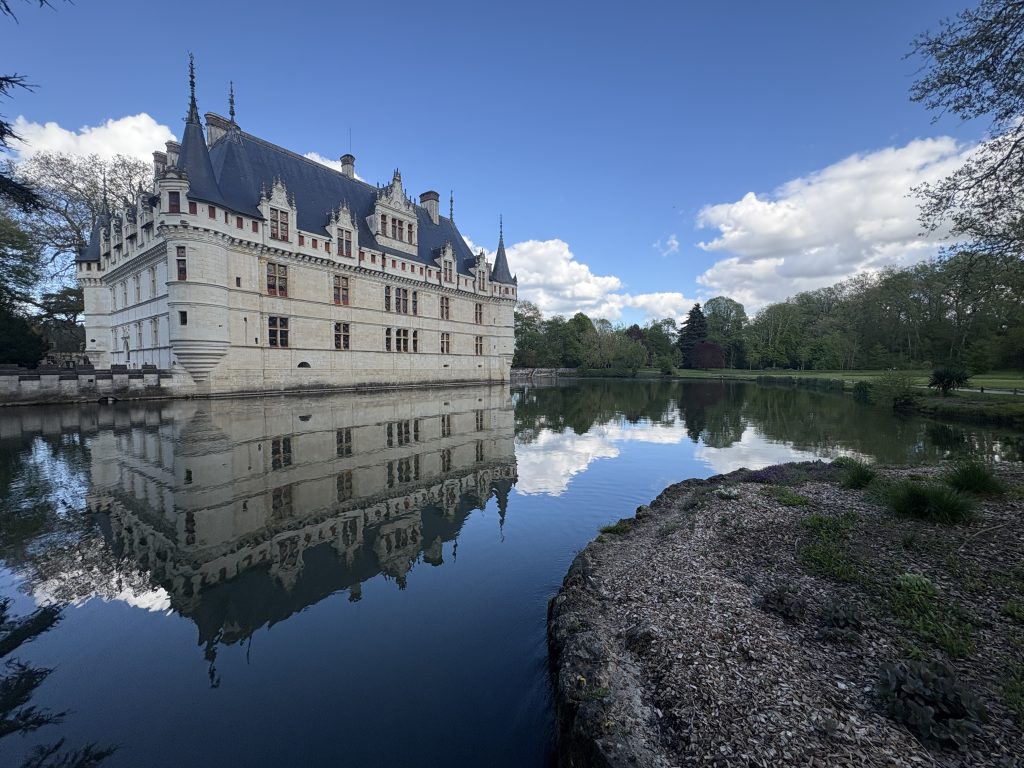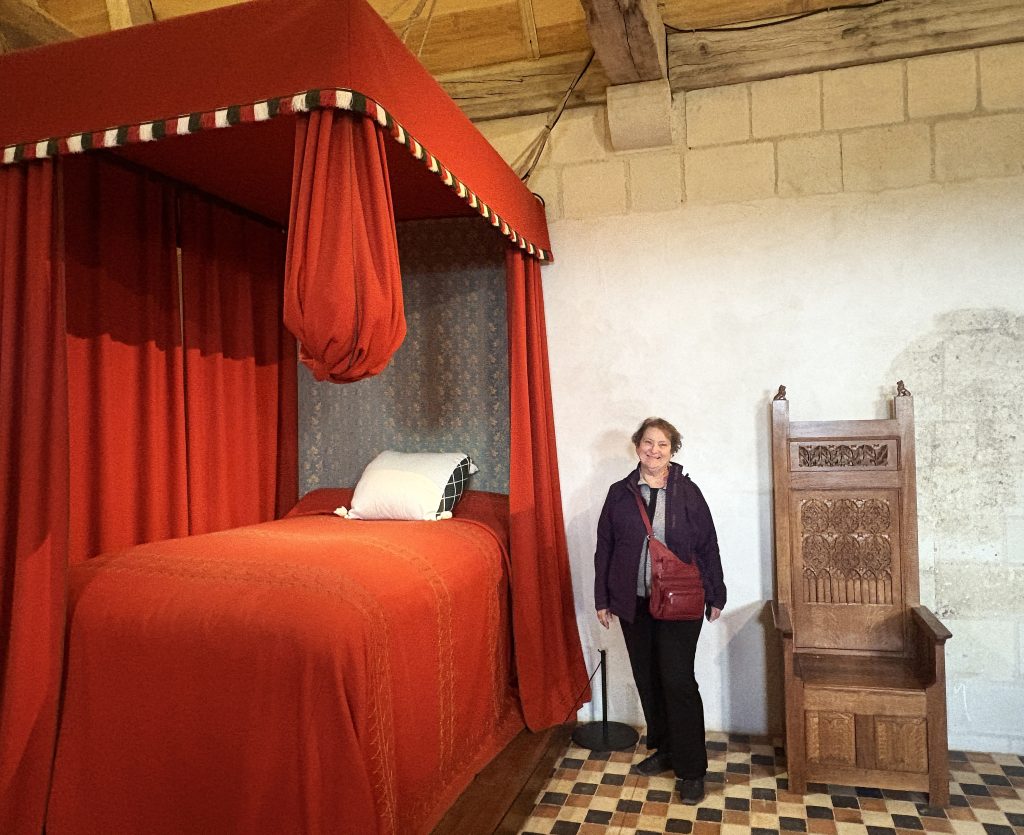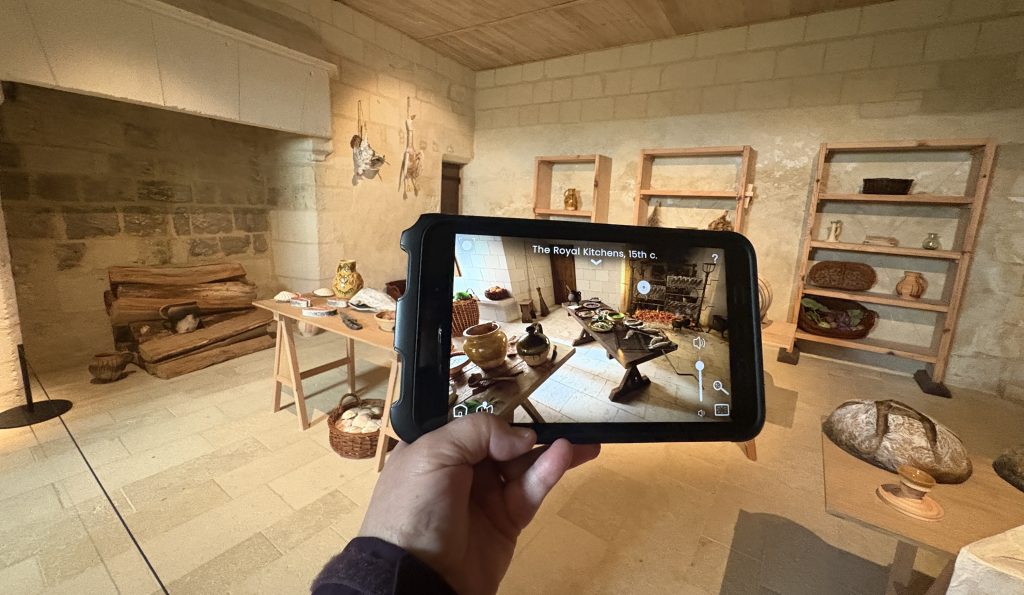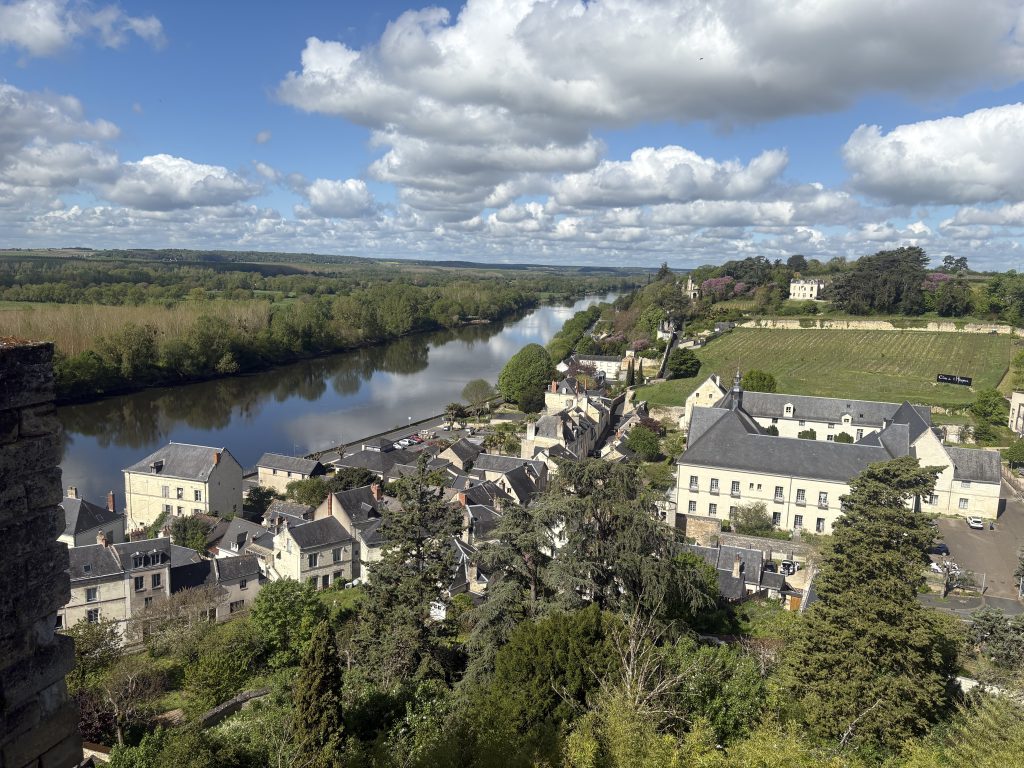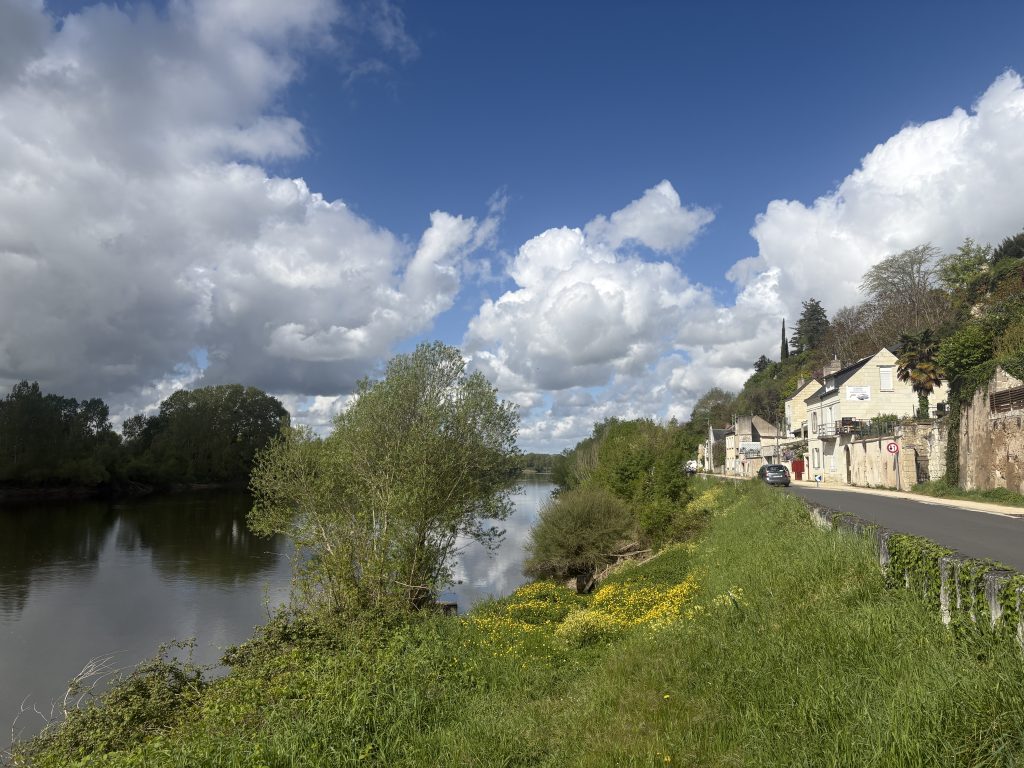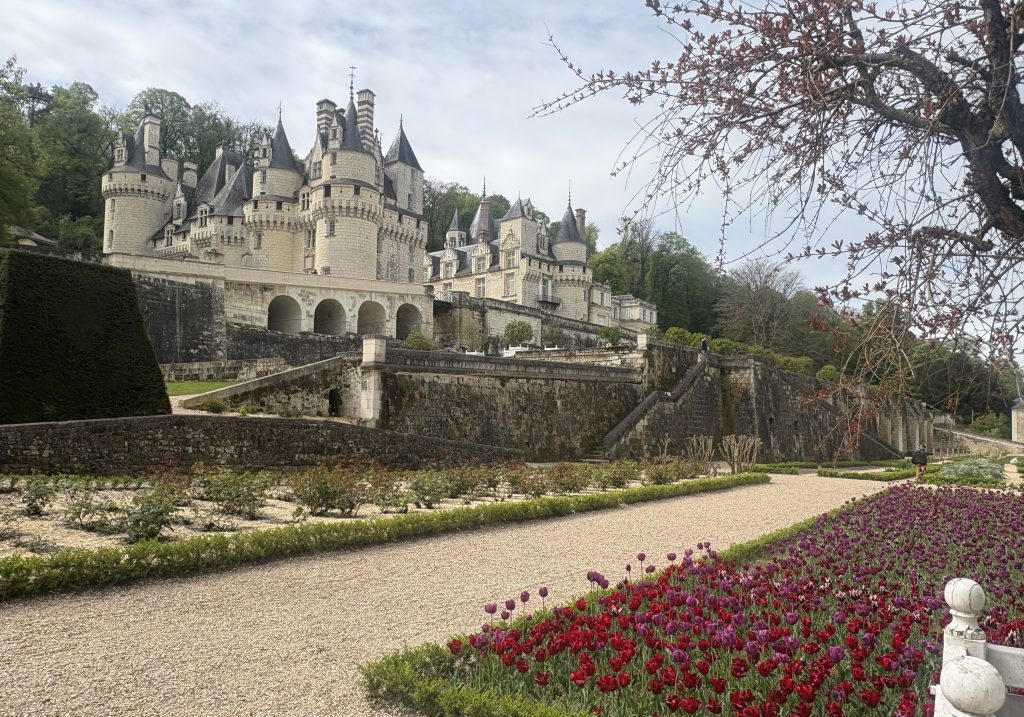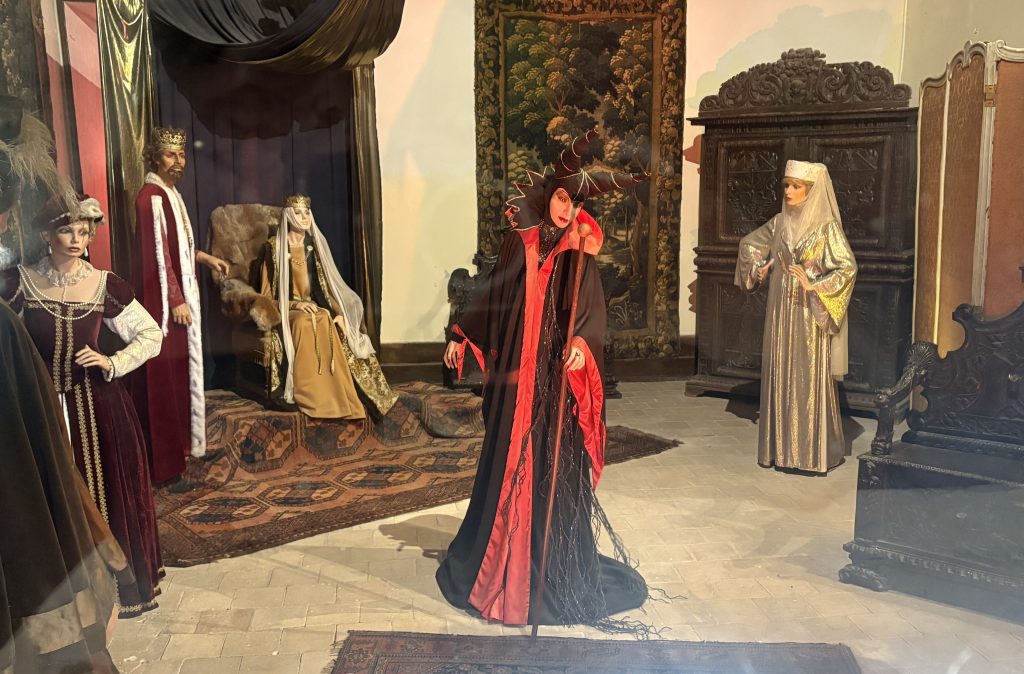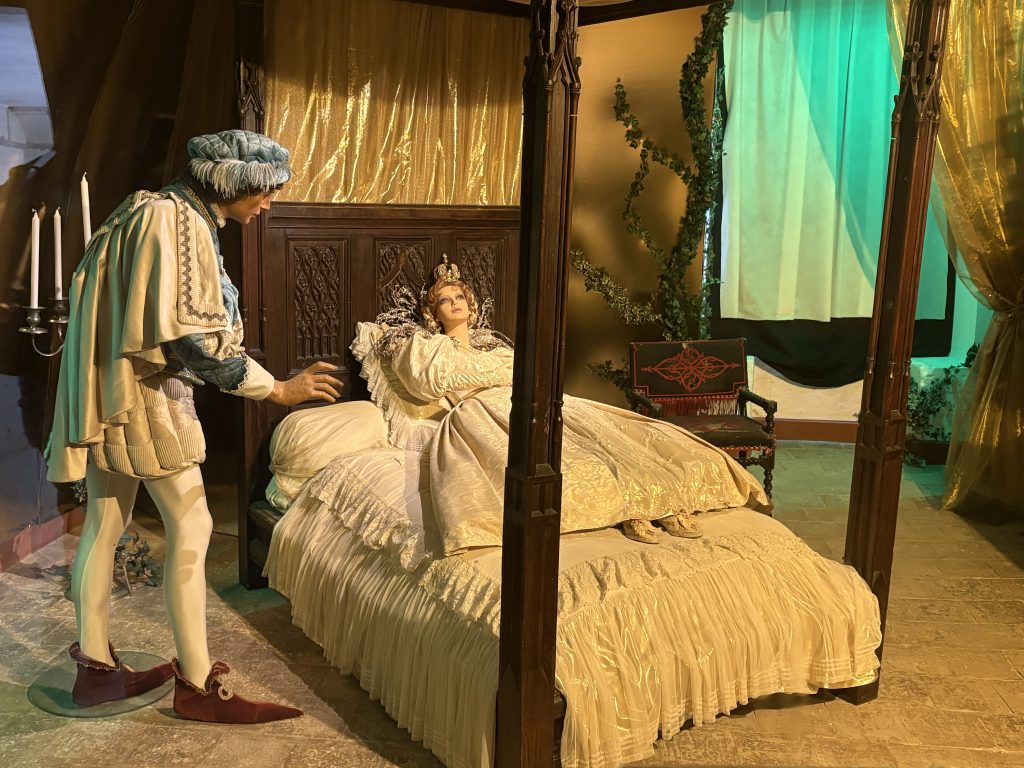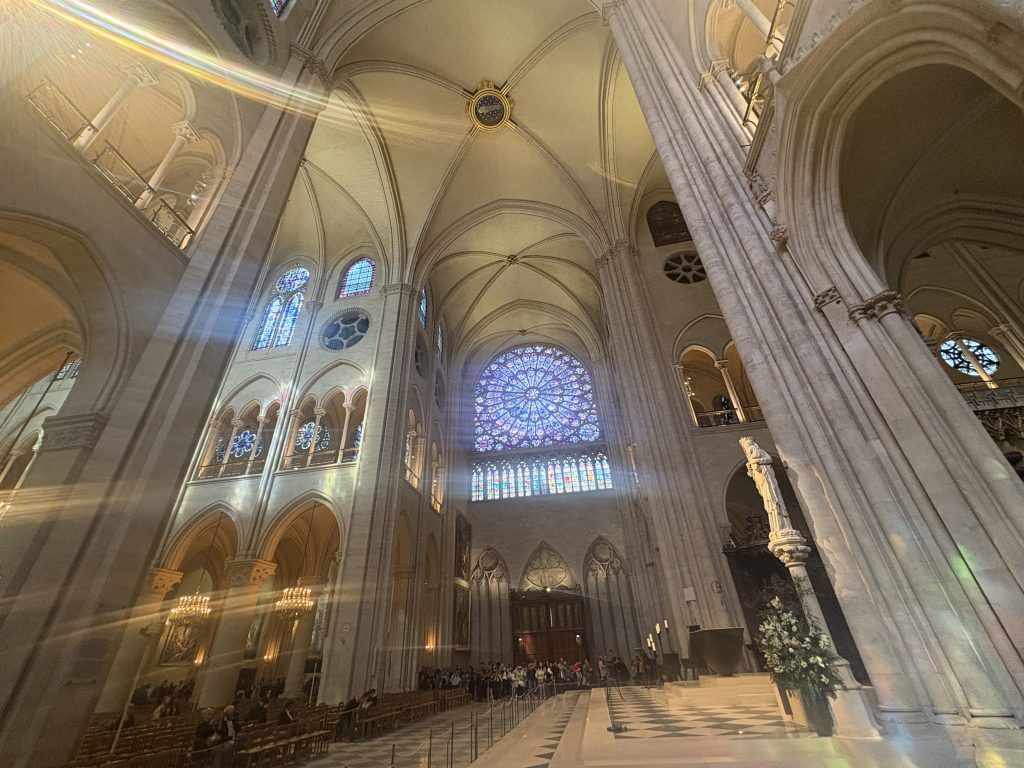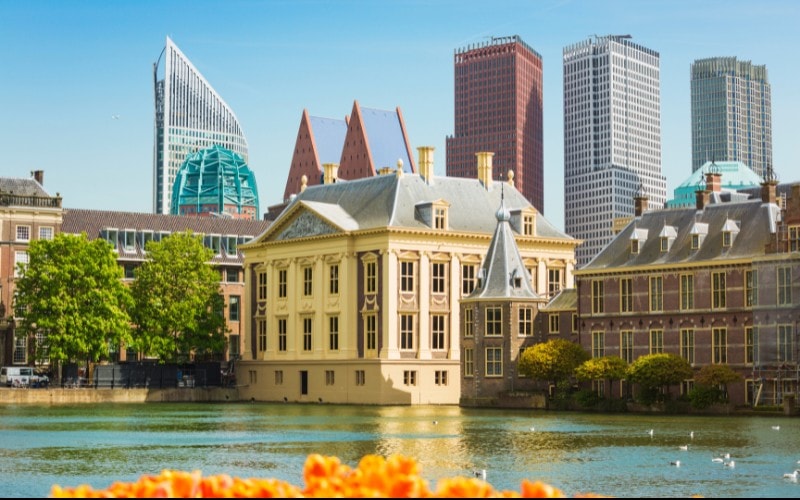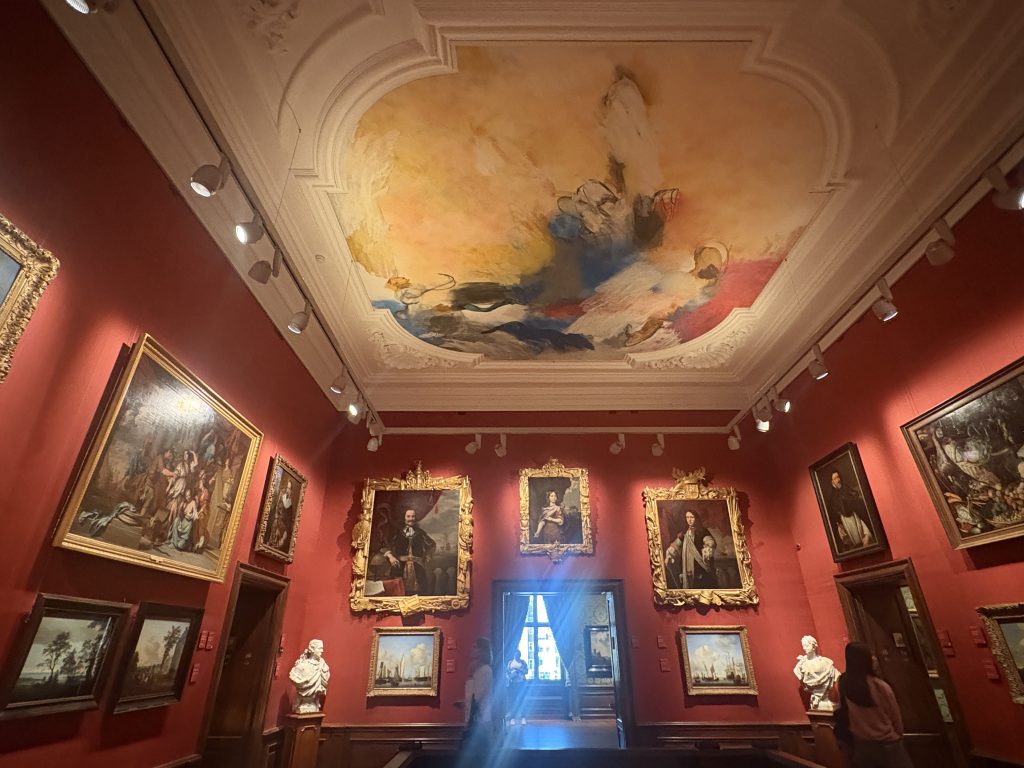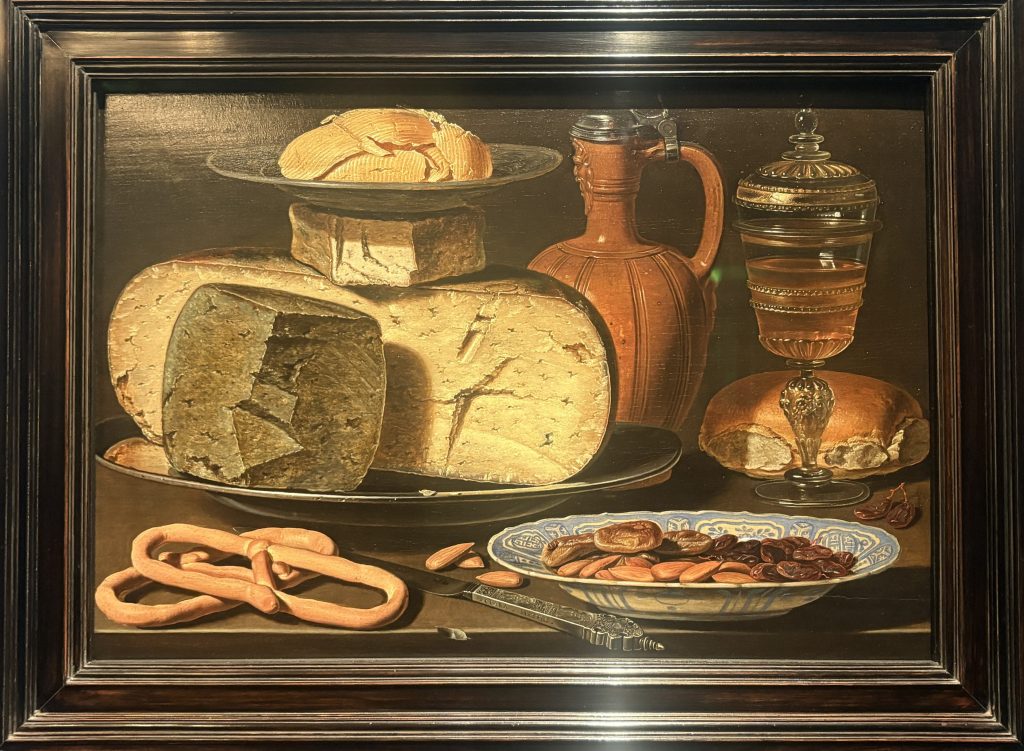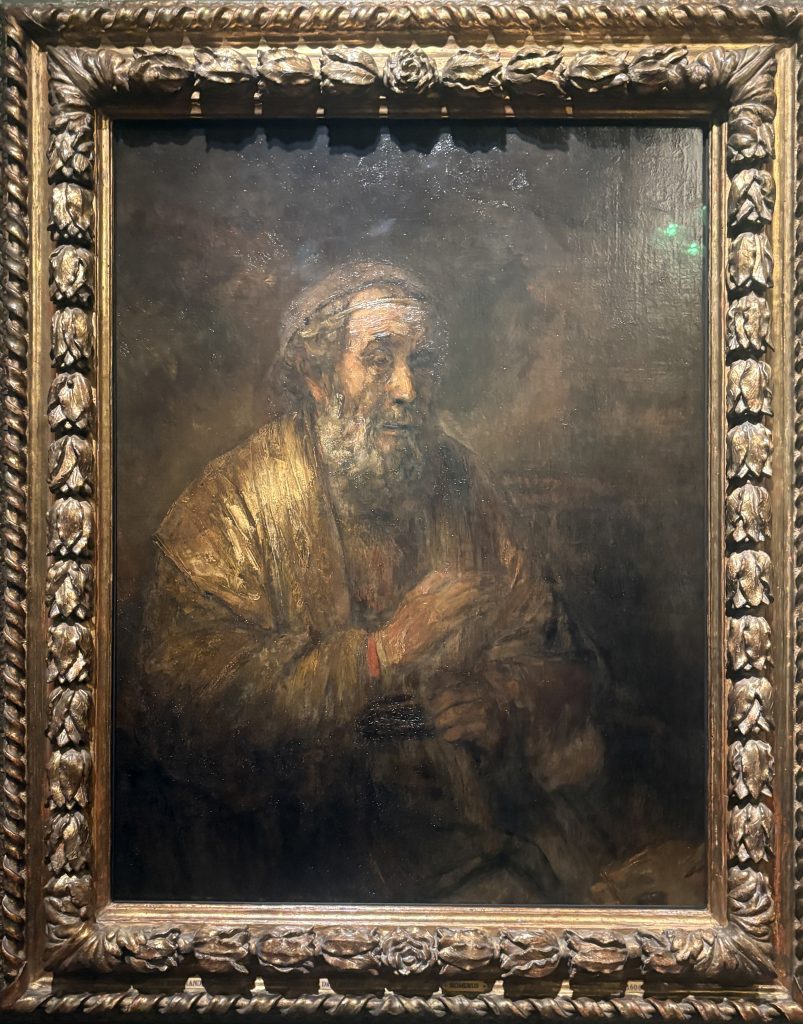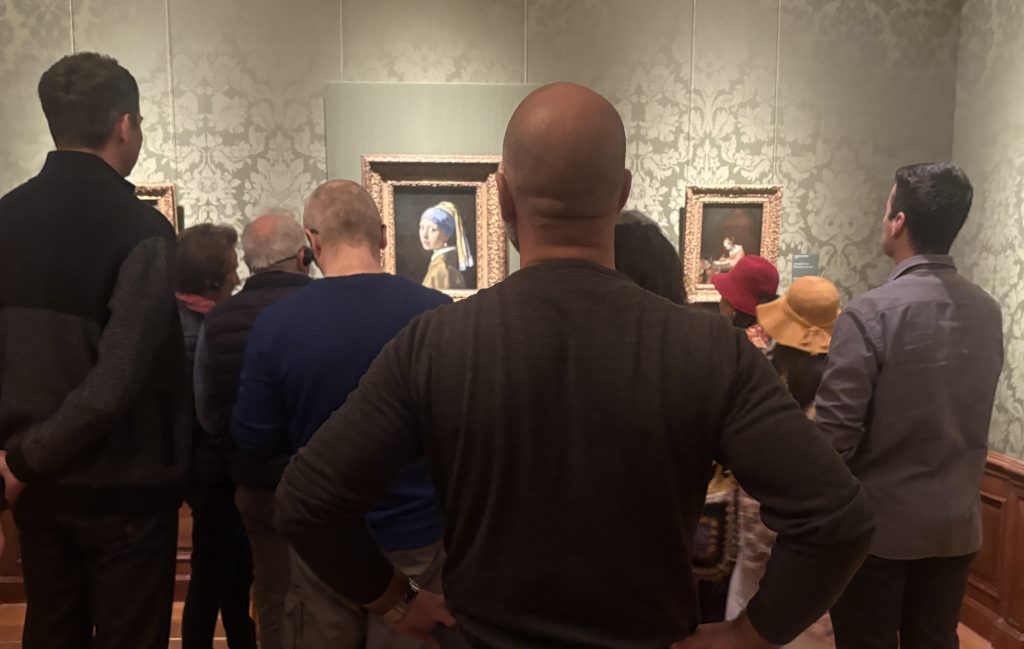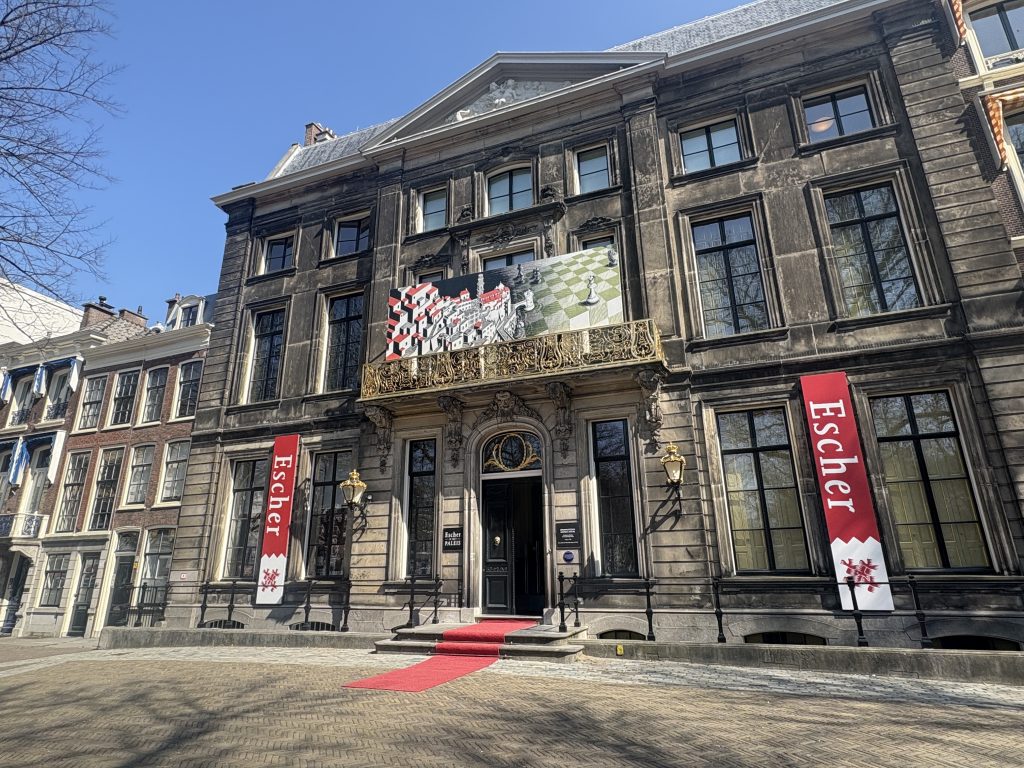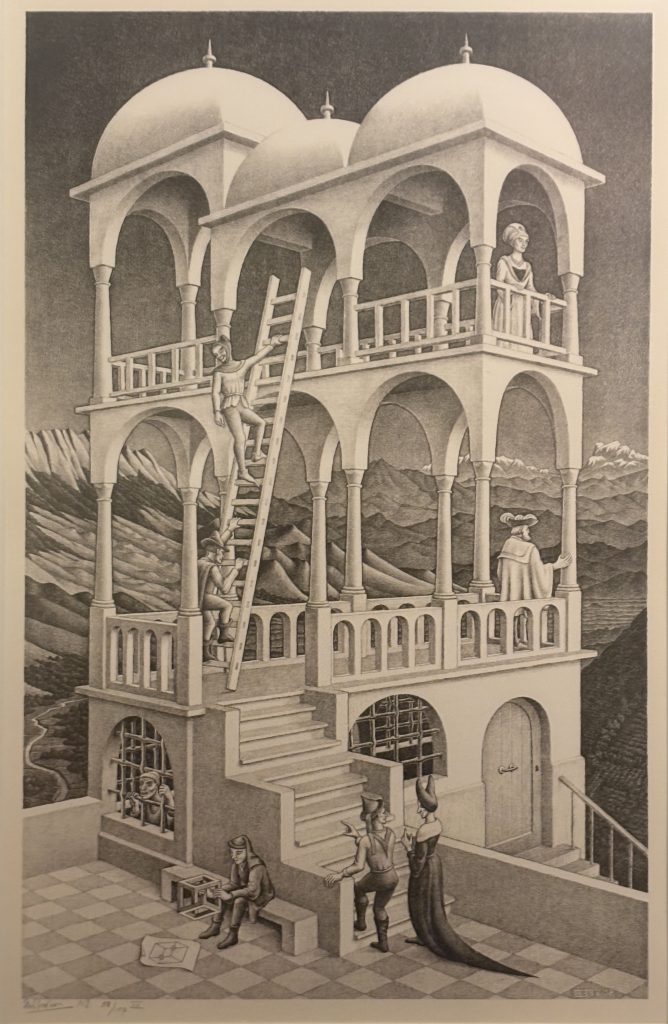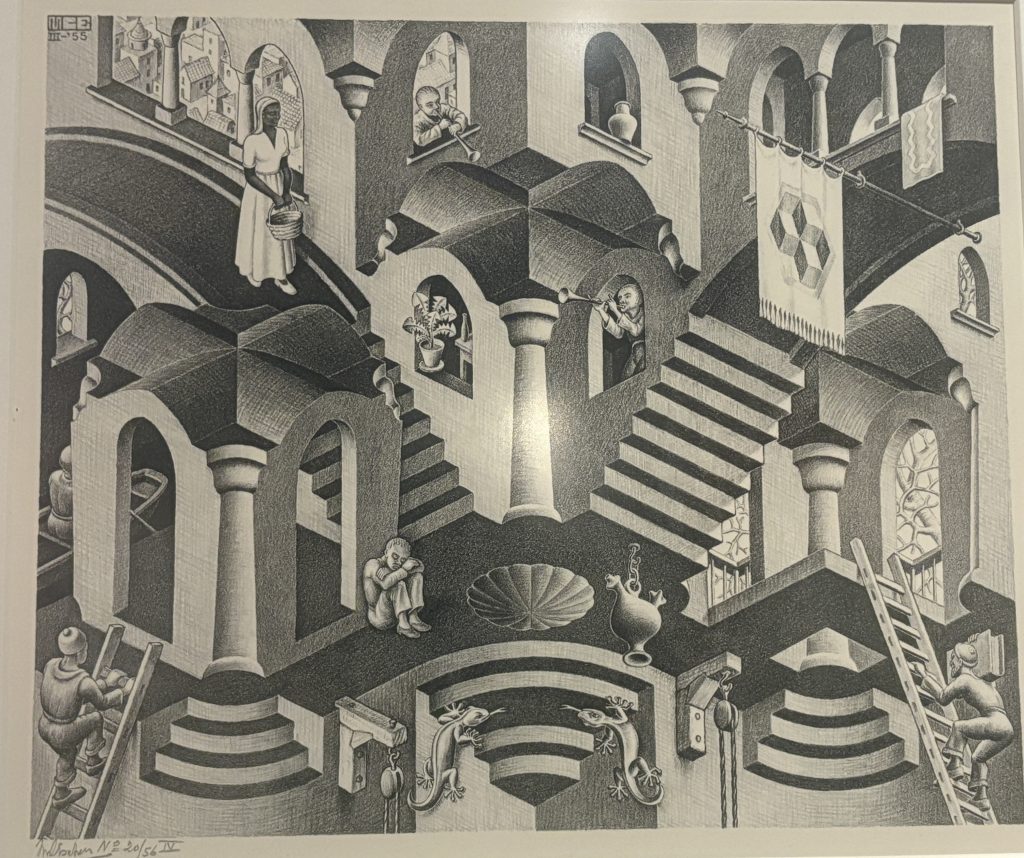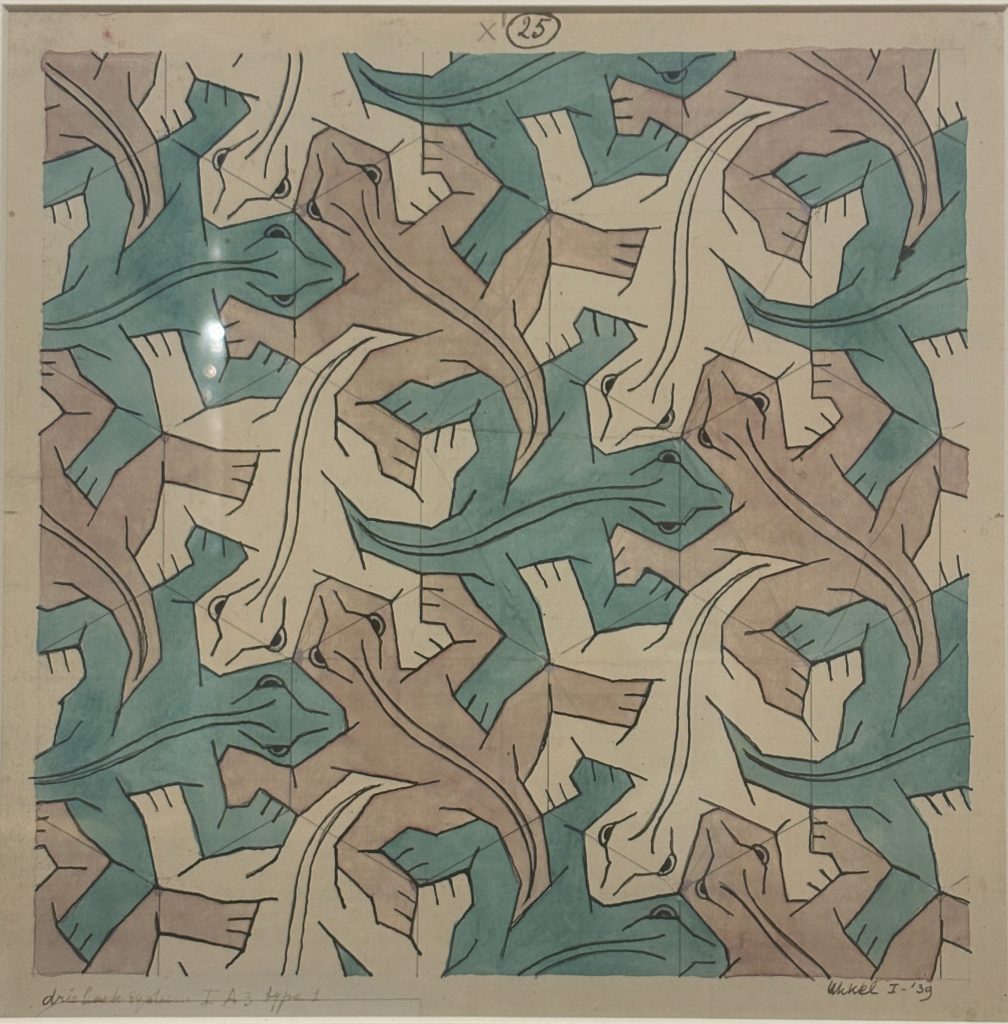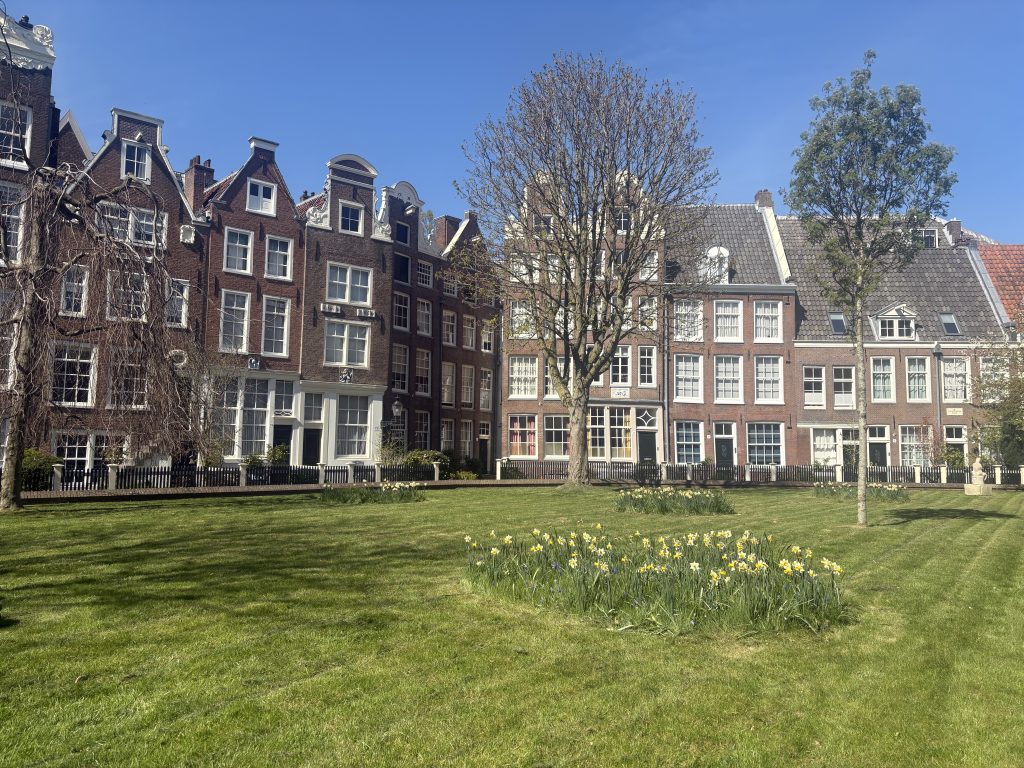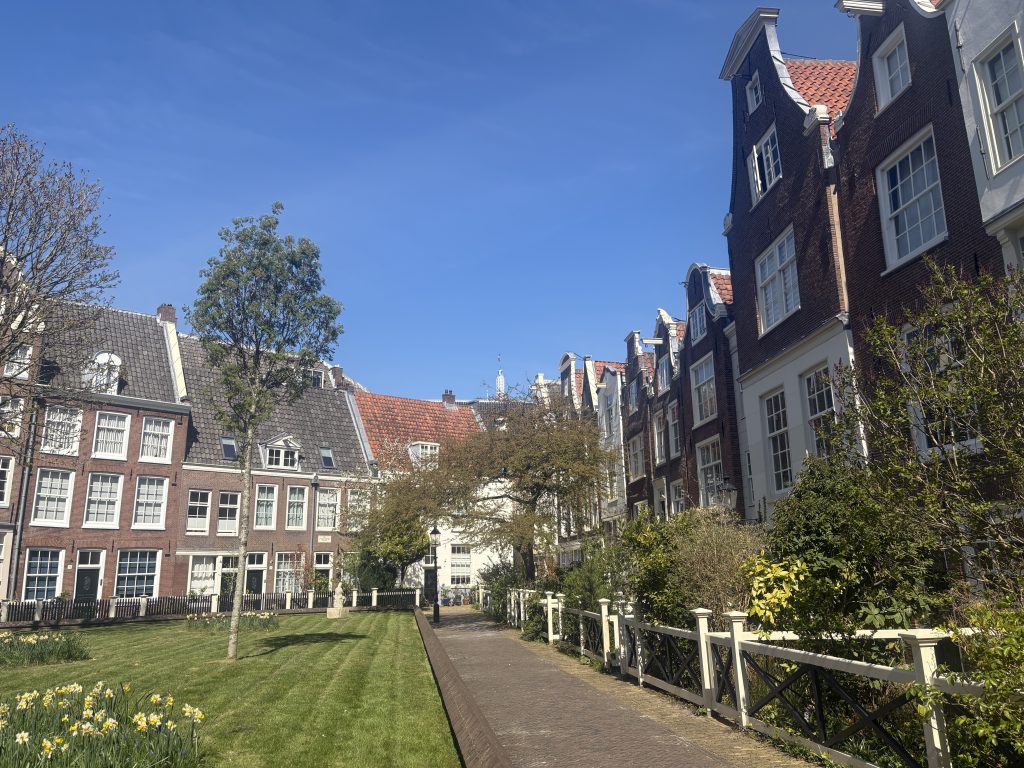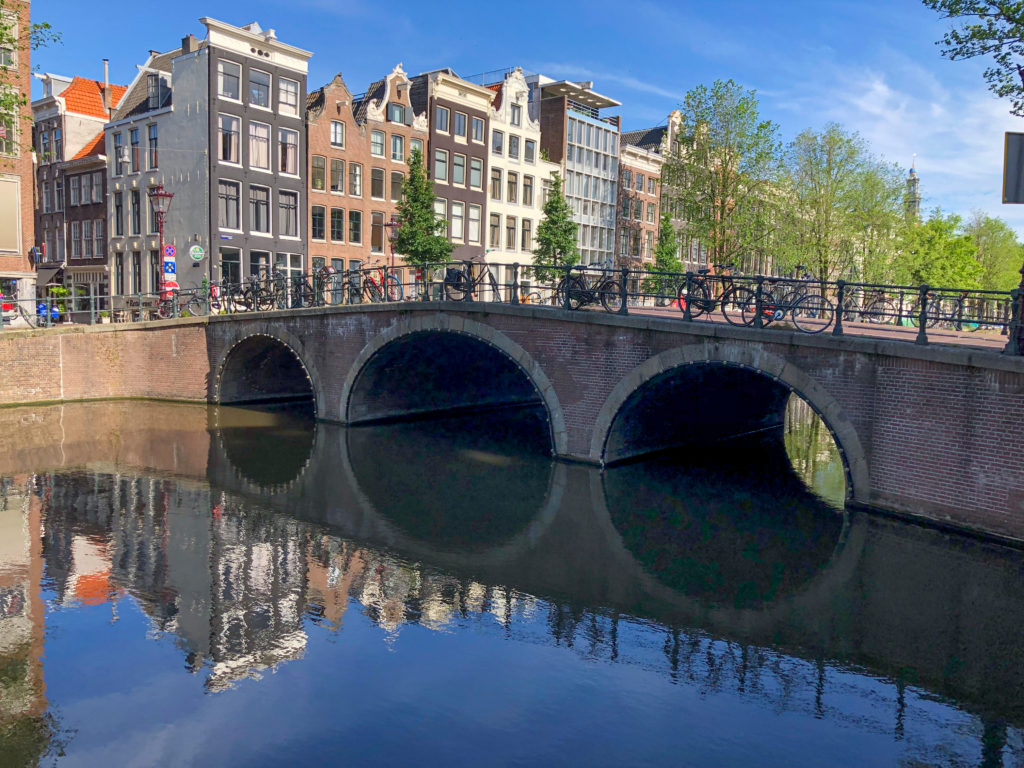Cologne’s Museum Ludwig: Best Bet for Modern Art Lovers
If you’re looking for a modern art fix while traveling down the Rhine, make your way to Museum Ludwig in Cologne, Germany.
This museum of modern art close to Cologne Cathedral houses one of Europe’s most significant collections of modern and contemporary art.
The early 20th century collection at Museum Ludwig is particularly fabulous, with paintings and artists organized into movements—expressionism, cubism, abstraction, surrealism, and so on. You’ll find masterpieces by pretty much every big name in 20th century art including Picasso, Ernst, and Dali, along with some superb examples of German expressionism.
Also notable is how many of the artworks were created by women. In recent years, I’ve noticed many more women artists represented in major art galleries, something that was a rarity not so long ago.
At the Ludwig Museum, I discovered some old favorites and some new-to-me gems. Here’s a curated tour featuring some of the many pieces I admired.
Niki de Saint Phalle – Black Nana, 1968/69
You’re greeted in the foyer of Museum Ludwig by one of Niki de Saint Phalle’s voluptuously joyous figures from her Nana series. Nana’s exuberant curves and playful patterns feel like art giving you a high-five.
Note: Niki de Saint Phalle’s work is being featured a lot these days. In 2025, I saw two special exhibitions of her work—one in Quebec City and the other at the Caumont in Aix-en-Provence. If you’re headed to Italy, check out Giardino Tarocchi (Tarot Garden) near Grossetto about 2 hours north or Rome.
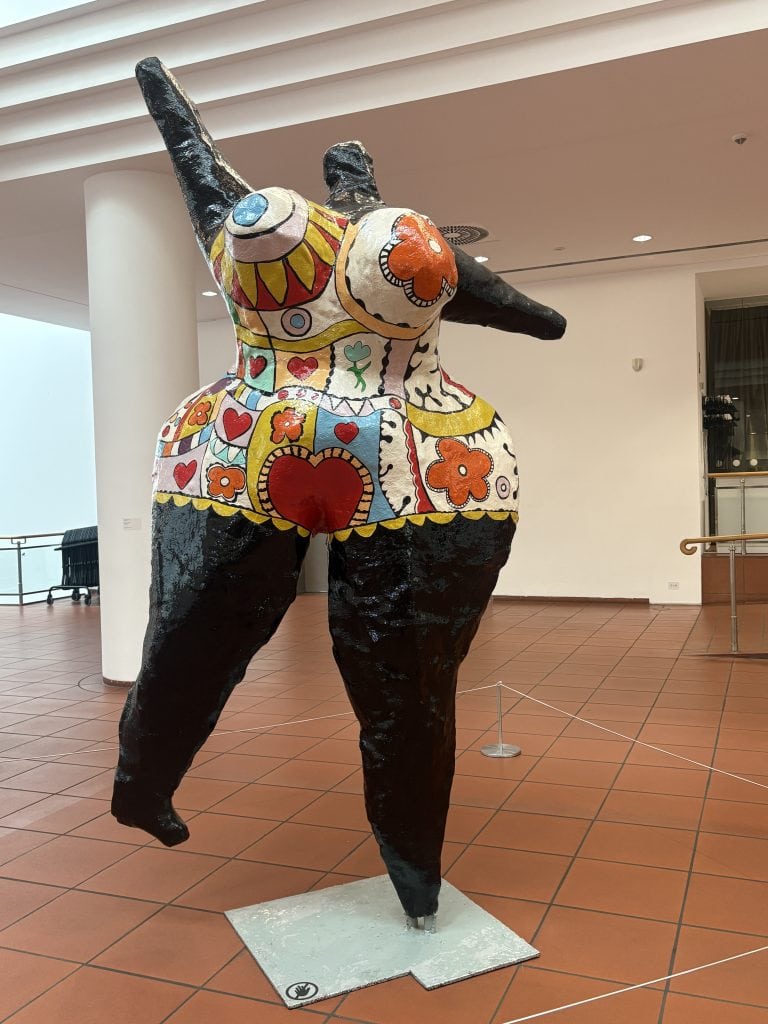
Natalia Gontscharowa – Rusalka (Water Nymph), 1980
The work of Natalia Gontscharowa is new to me and wow! She was one of the leading figures in the Russian avant-garde, living in Russia until 1921 when she moved to Paris. She also became a member of Der Blaue Reiter group in Germany.
This wonderful nude is a rebellious take on Slavic folklore. The woman looks straight at us, uncowed and strong.
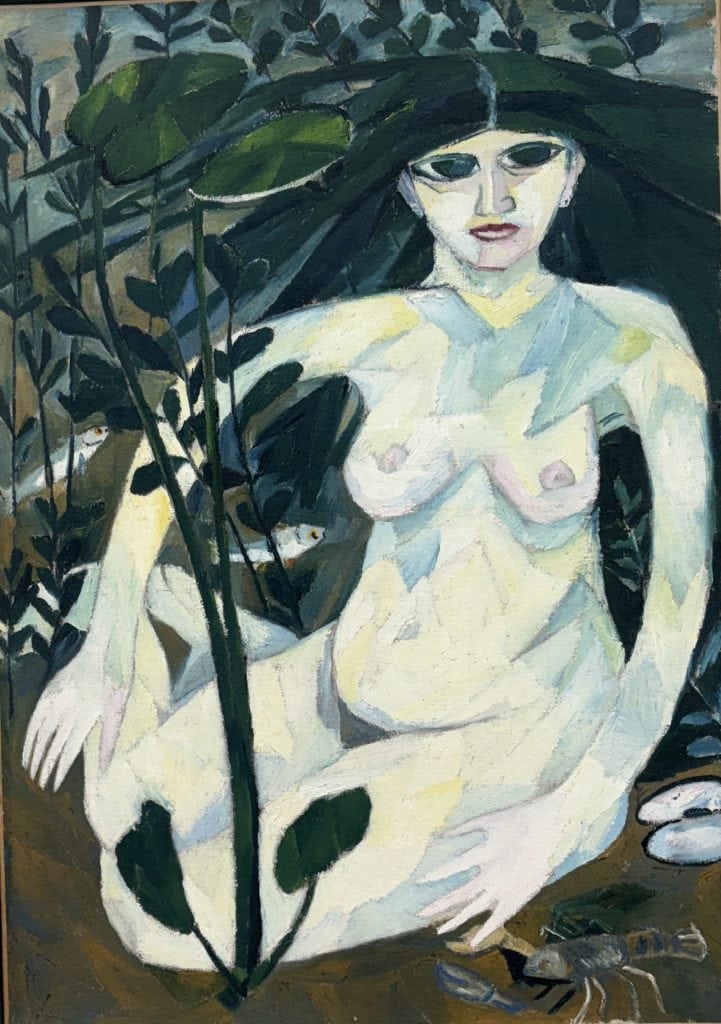
Sonia Delaunay-Terk – Colour Rhythm, 1968
Sonia Delaunay-Terk turns geometry into a dance with this presentation of colourful circles and rectangles. The abstract energy in her work makes me smile.

Ursula -The Trees, 1985
Several works by Ursula are featured in one of the rooms at Museum Ludwig.
A self-taught artist, Ursula resists categorization into a particular style. Her work is based on observations of everyday life and on stories or myths, and reflects her own emotional states. Describing her work, Ursula wrote: “I impose my visions on reality—I’m completely artificial.”
All the works in the room are strangely compelling, some even fantastical. I particularly liked The Trees for the way it depicts strange, cactus-like foliage and how she uses contrasting colours.
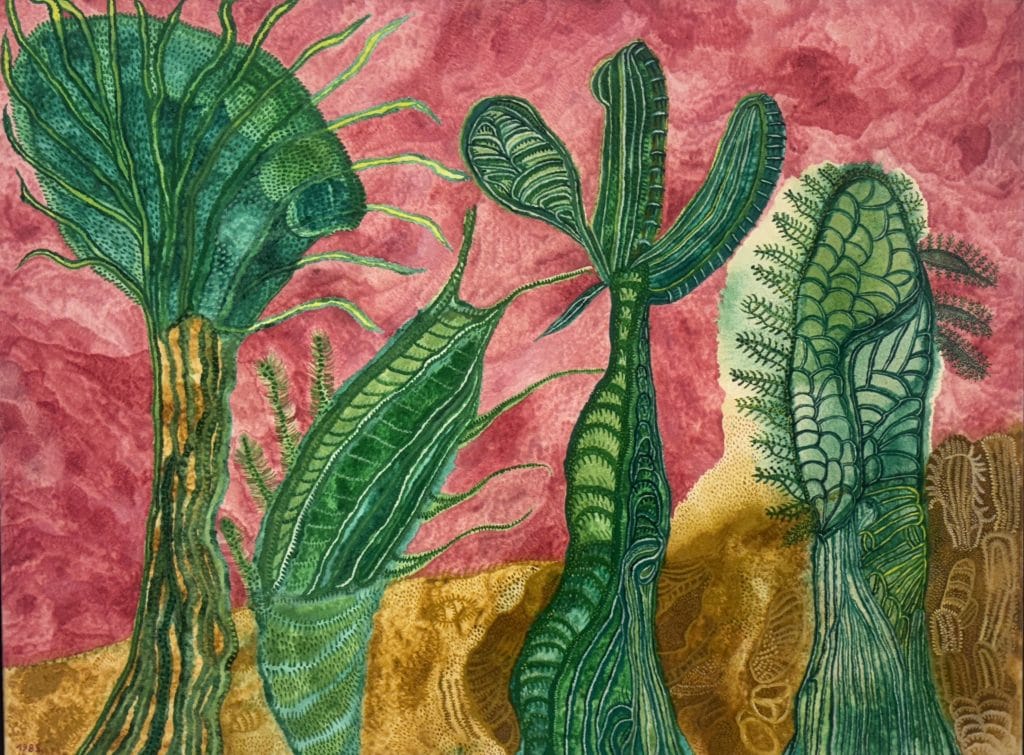
Francis Picabia – The Bride, 1929
I’m pretty new to the work of Picabia, but I’m liking what I see. He was a French avant-garde painter, writer, filmmaker, publisher, and poet, and was closely associated with the Dada movement.
His work has been described as “shape-shifting” or “kaleidoscopic”, both elements I clearly see in The Bride. The more you look at it, the more you see new shapes that seem to morph and shift before your eyes.

Paul Klee – Highway and Byways, 1929
I’m a big Paul Klee fan and this piece is a beauty. Check out how the linear paths trace both detours and destinations. The piece is like a poetic map of introspection. There is much detail to fixate on.
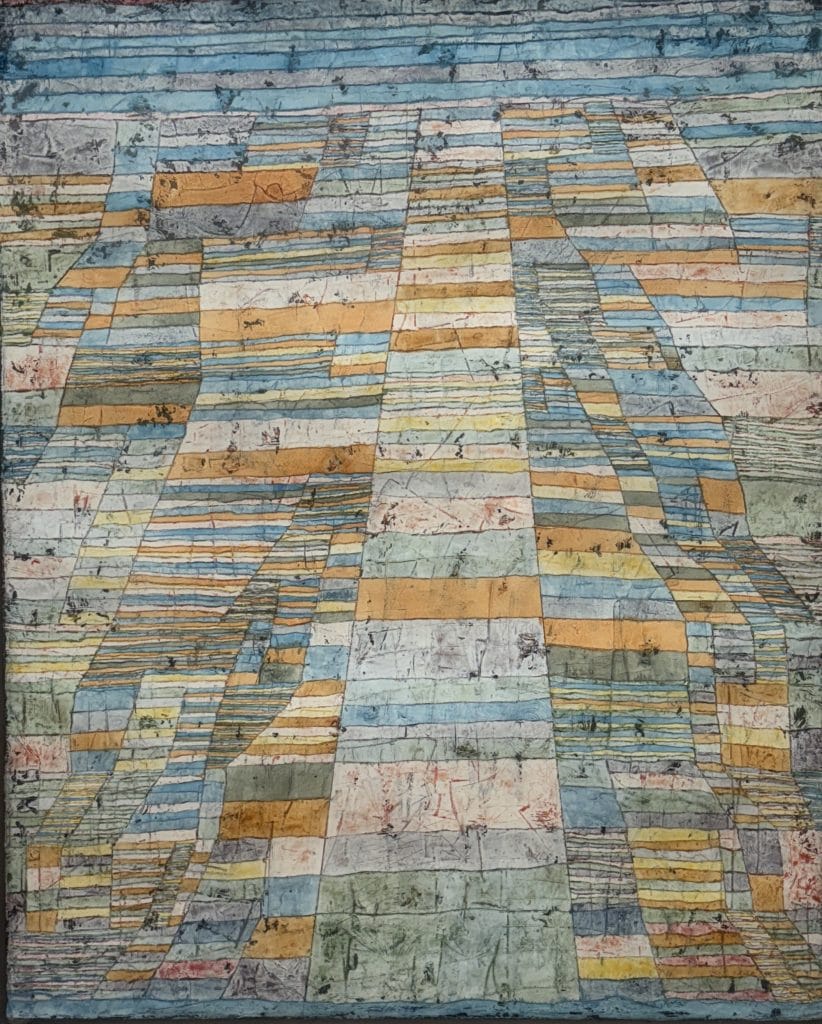
On my artsy traveler list of museums to visit in Europe is Zentrum Paul Klee in Bern, Switzerland.
Piet Mondrian – Painting II, 1921
No serious collection of 20th century art would be complete without one of Mondrian’s iconic minimalist abstracts. His work is still the very definition of modernism.
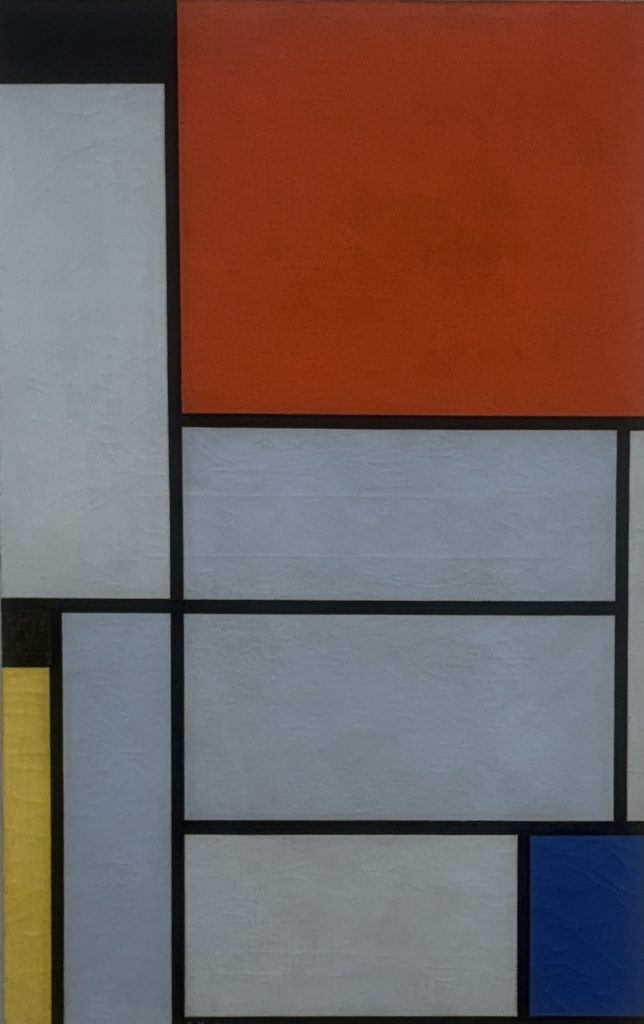
René Magritte – The Giantess, 1929-1931
I’d not seen this Magritte before, although Gregg (husband and also visual artist) tells me it a very famous one.
The giantess is so perfectly giant in the way she effortlessly dominates the room, with the tiny man in the corner looking lost. What an imagination Magritte had!
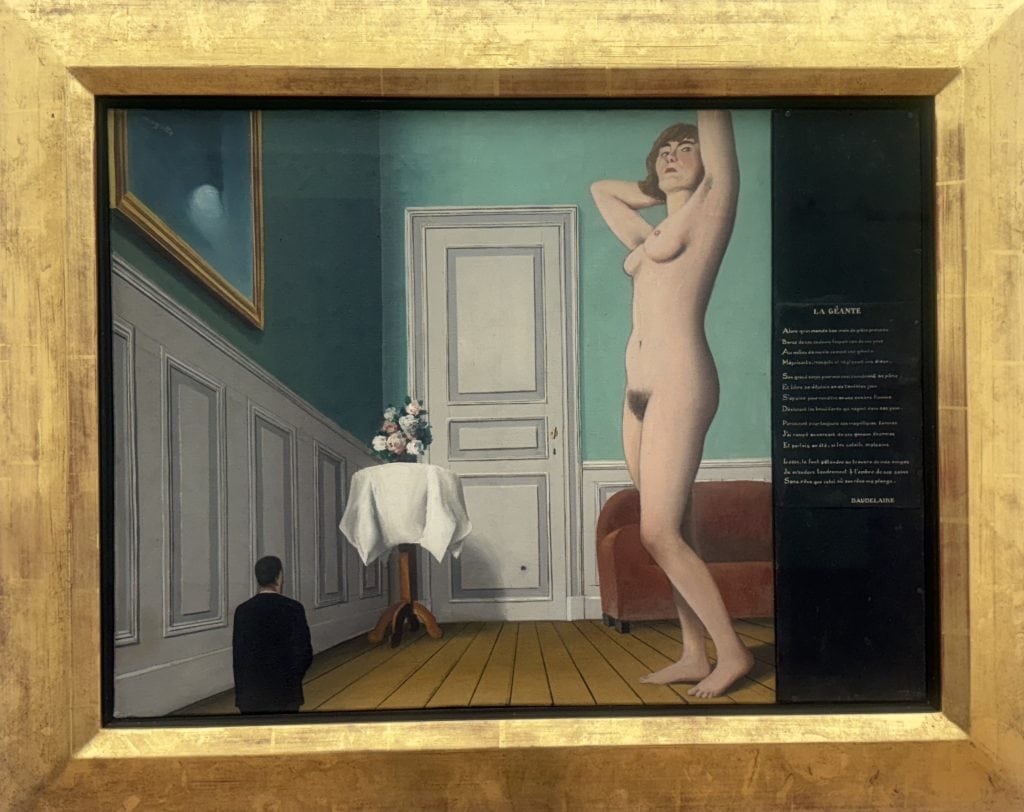
Richard Oelze – Growing Silence, 1961
There’s so much to look at in this painting, which combines elements of both the ancient and the modern.
I see echoes of Bosch in the weird figures and the tones Oelze uses, but also of Max Ernst, one of my favorite surrealists.
Known as the forgotten German surrealist, Oelze’s work is gaining more recognition in recent years with his inclusion in several major surrealist exhibitions.
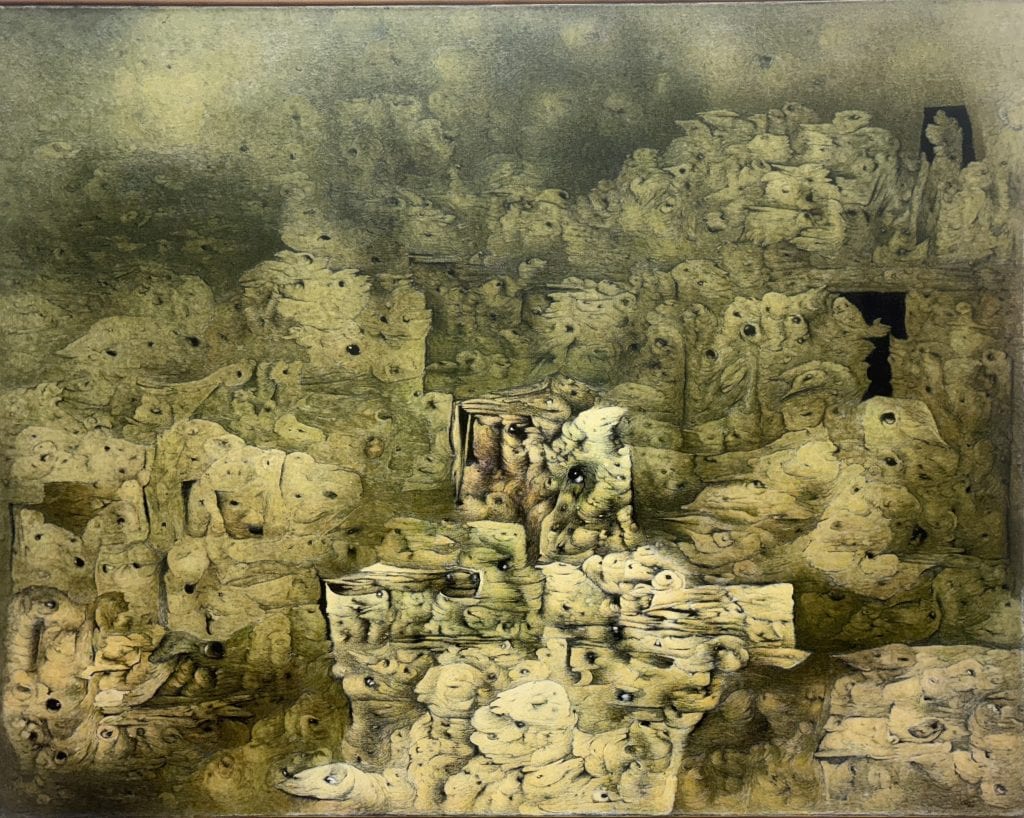
Max Ernst – Song of the Cicadas to the Moon, 1954
Museum Ludwig includes several excellent paintings by Max Ernst in its collection. I like this one because it’s an example of his use of decalcomania and frottage to create the complex and detailed patterns that swirl through the green and blue foreground.

Fernand Léger – ThePicnic, 1954
Léger’s the master when it comes to creating paintings that are both whimsical and bold. His work is so marvelously distinctive.
This piece uses a greater variety of colours than I’ve been used to seeing in his work. I’m loving his weird trees!

Ljubow Popowa – Portrait of a Woman, 1915
Ljubow Popowa is another new-to-me avant-garde artist from Russia. She was one of the first pioneers of cubo-futurism in a style she called painterly architectonics, which I think perfectly describes this work.

André Derain – View of Saint‑Paul‑de‑Vence, 1910
Derain’s fauvist palette energizes this view of the charming village of Saint-Paul-de-Vence in the south of France.

August Macke – Lady in a Green Jacket, 1913
It’s Macke’s use of vivid colour that is so compelling in this lovely painting. I find it both calm and exciting at the same time.

David Hockney – Sunbather, 1966
I’m a big fan of the work of David Hockney, particularly his later landscapes. This painting from the 1960s is emblematic of his earlier style, and feels very nostalgic.
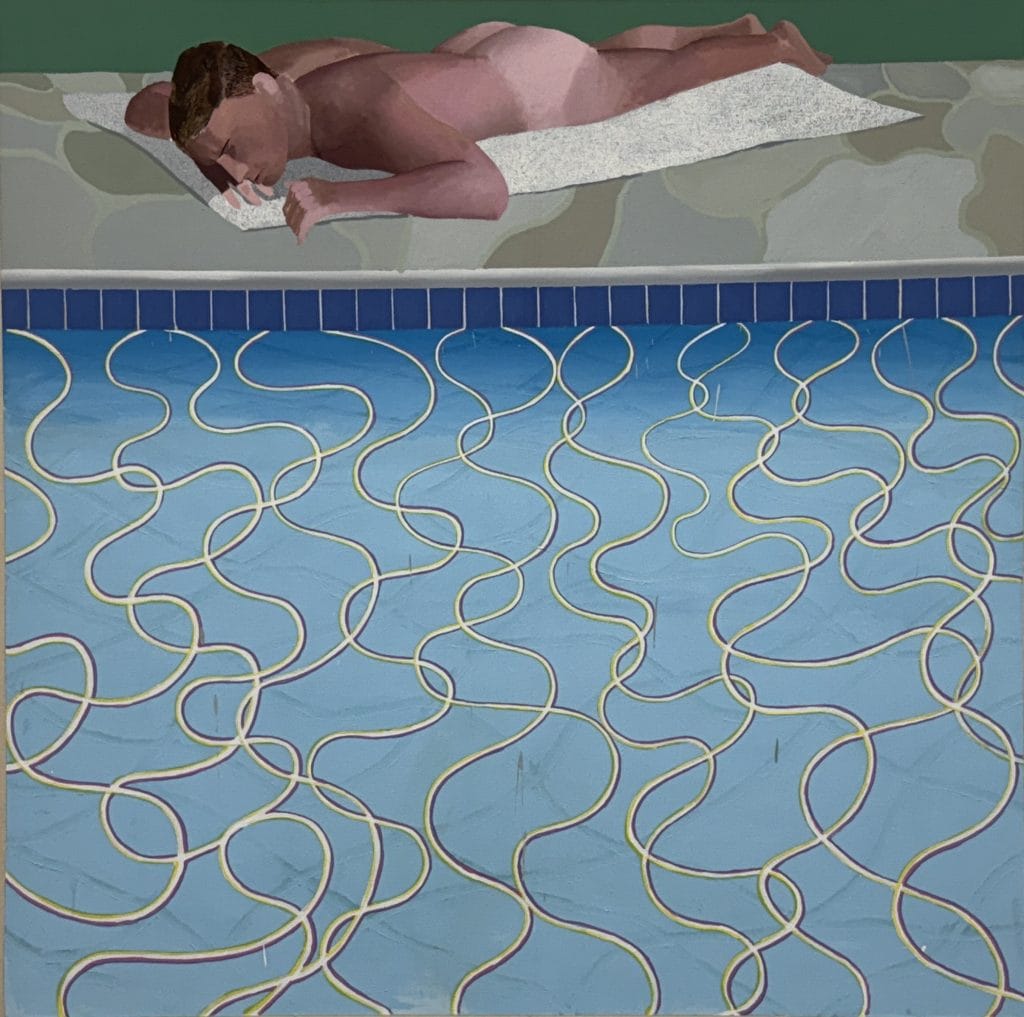
Gerhard Richter – War (Abstract No. 484), 1981
This vibrant abstract by Gerhard Richter practically jumped off the wall. I was drawn to it immediately.
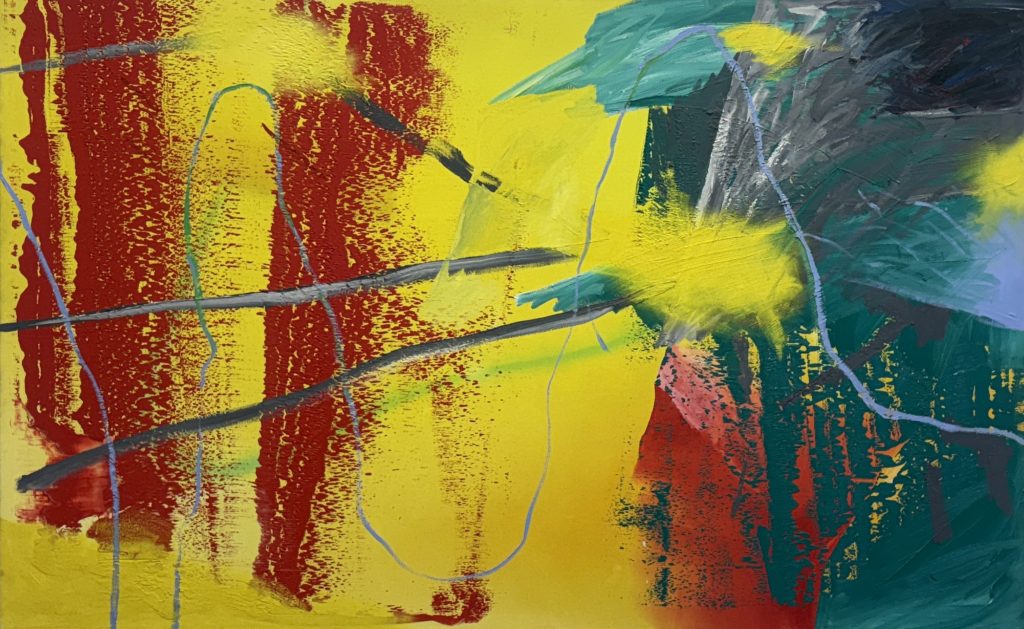
Willem de Kooning – Untitled VII, 1984
The fierce, gestural strokes captures so much movements with a colour palette and spaciousness that I don’t associate with de Kooning, but that I really like.
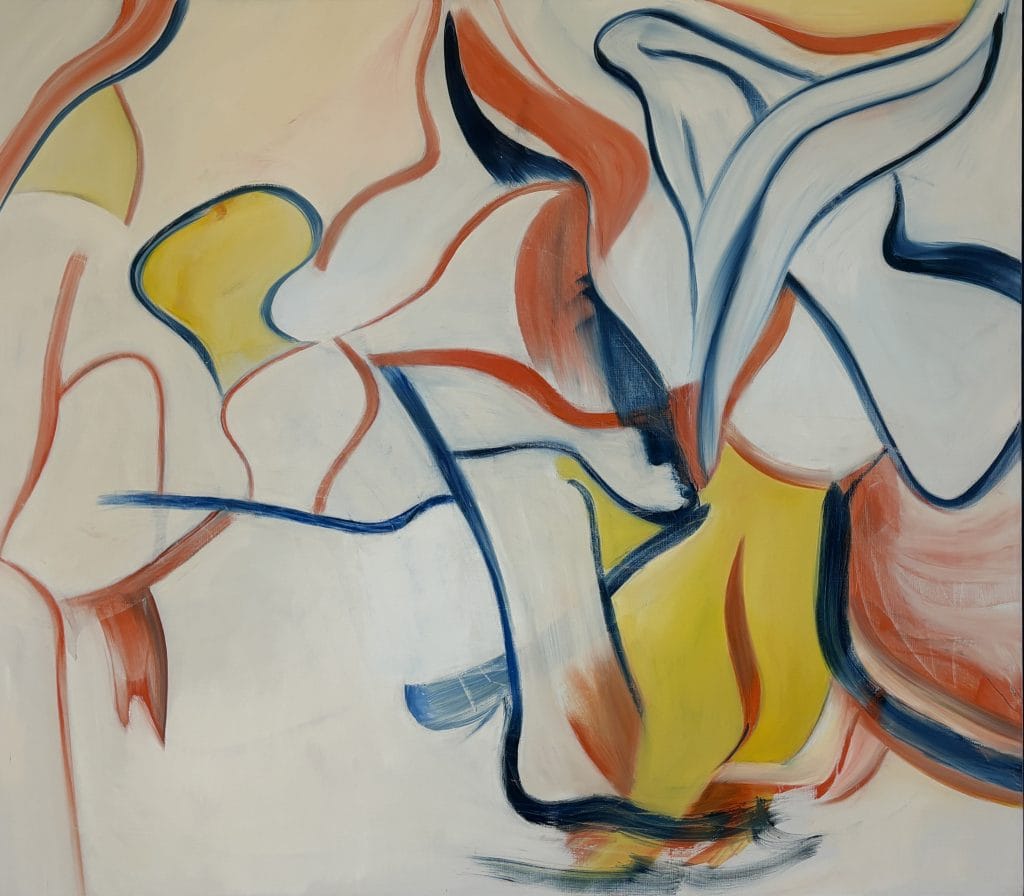
More Collections
On the bottom floor of the building are several rooms housing the latest exhibitions of contemporary art. I made a quick tour through, but this time didn’t see anything that intrigued me.
Museum Ludwig also has some lovely rooms full of sculptures, and the museum itself feels light and airy. Don’t miss stepping out on the terrace to view Cologne Cathedral where the picture at the top of this post was taken.
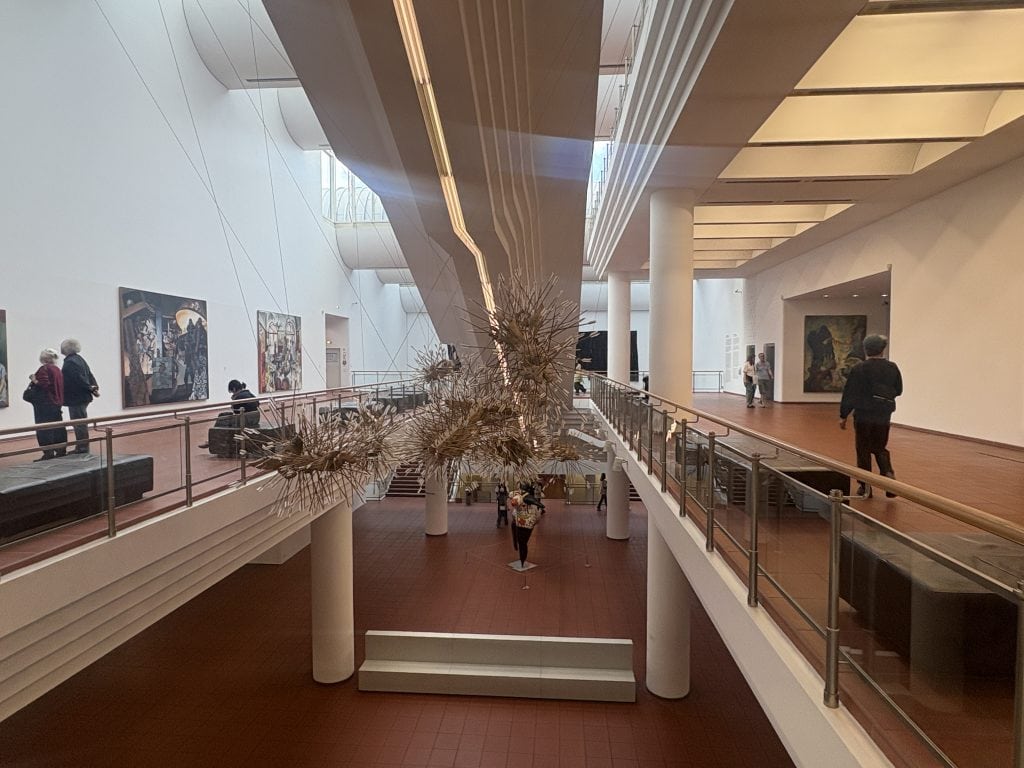
Practical Information
- Location: Right next to the Cologne Cathedral—easy to find and impossible to miss.
- What to expect: A sprawling, dynamic museum featuring an extensive collection of works in most 20th century styles, including expressionism, surrealism, cubism, and abstraction, with a good representation of female artists.
- Tip: Go slow. This collection rewards time—each canvas is its own story.
- Hours: Tuesday – Sunday (including public holidays): 10 am – 6 pm and opening from 10 am to 10 pm on every 1st Thursday. The museum is closed on Mondays.
- Ticket price: € 11,00.
Visiting the City of Cologne
Cologne makes a great home base for exploring the region. Check out the massive Cologne Cathedral and then take a stroll along the Rhine. Consider staying at one of the hotels overlooking the river.
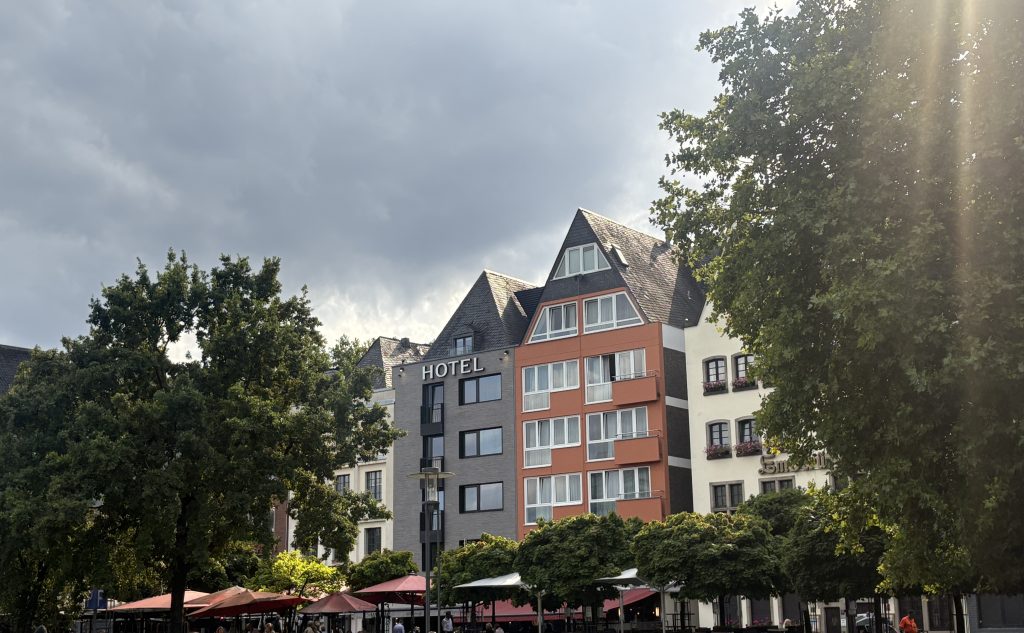
Another excellent museum that I’ve visited in Cologne is the Romano-Germanic Museum, which is next door to the Ludwig Museum. At present, the museum is closed for renovations, so the collection is on display at Belgian House at Cäcilienstraße 46 (near Neumarkt).
While staying in Cologne, you can also take a train south to Bonn to tour the Beethoven-Haus museum.
Here are some other activities on GetYourGuide:
Staying in Cologne
Choose one of the hotels facing the Rhine River and close to the major sites including Museum Ludwig and Cologne Cathedral.
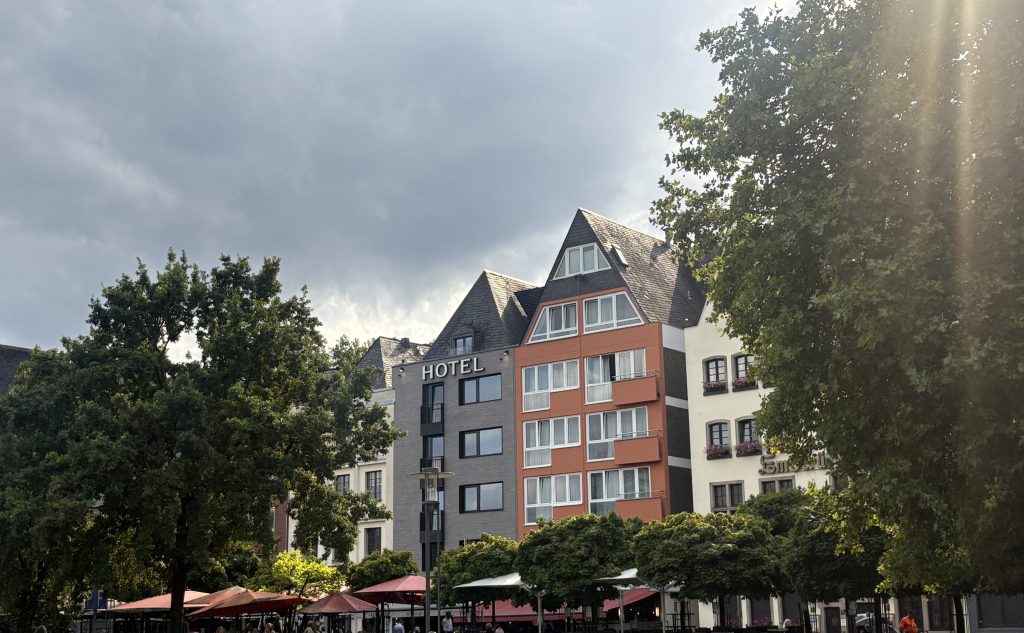
Here are some options:
Conclusion
I’d rank Museum Ludwig right up there with the top modern art museums in Europe including the Tate Modern in London and the Pompidou in Paris. Have you visited? Share your recommendations for other artsy travelers in the comments below.
Here are some more posts about art museums in Europe:

